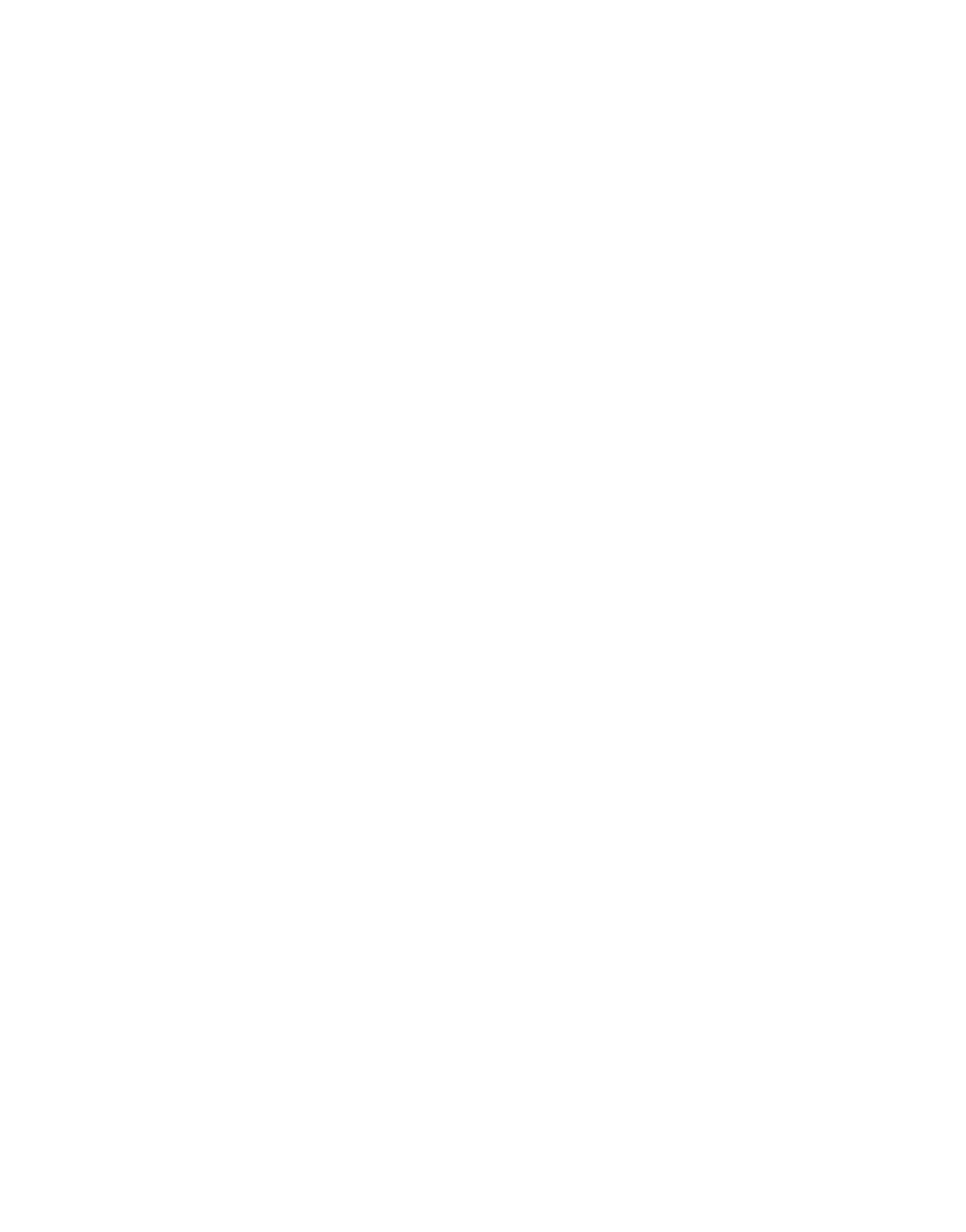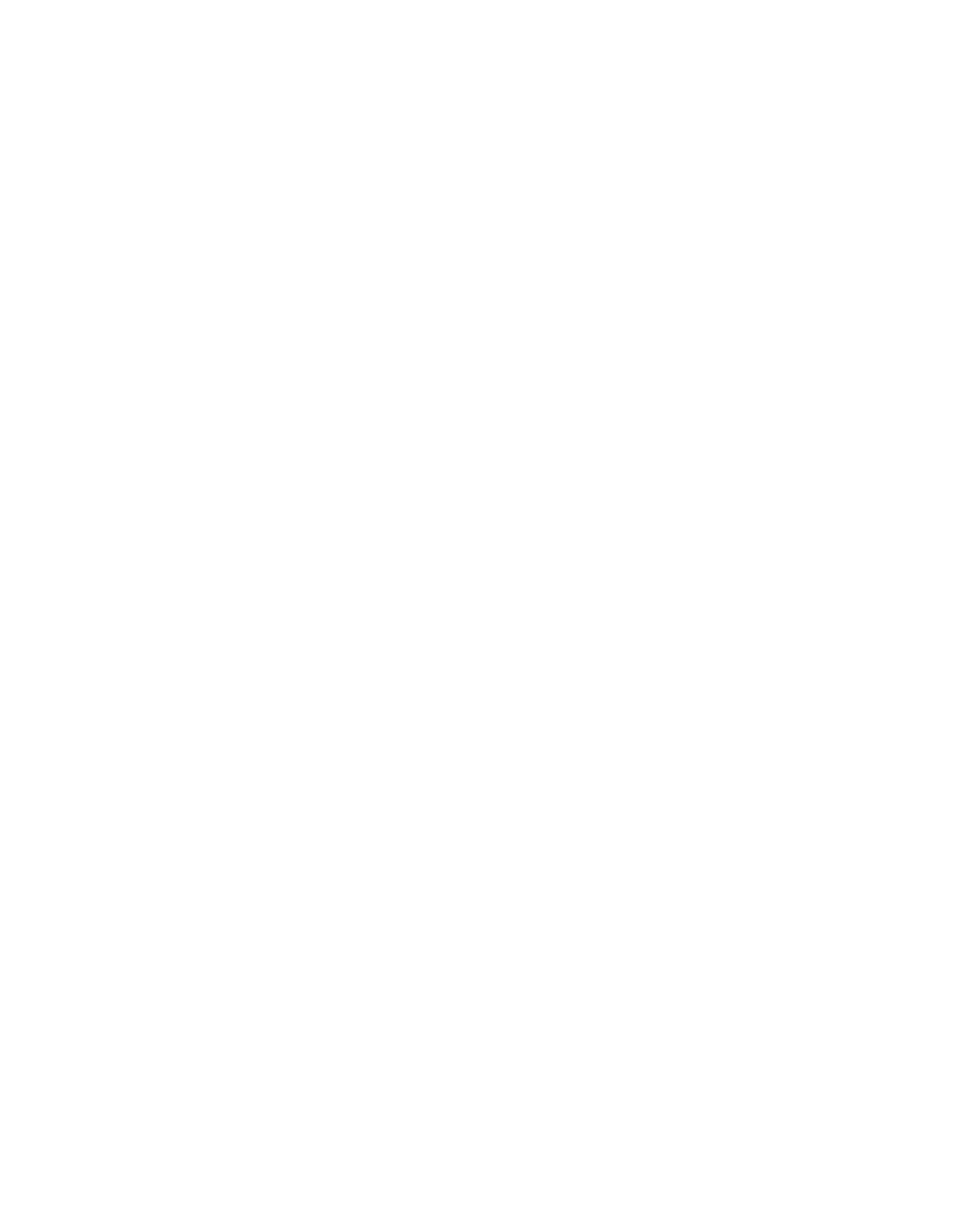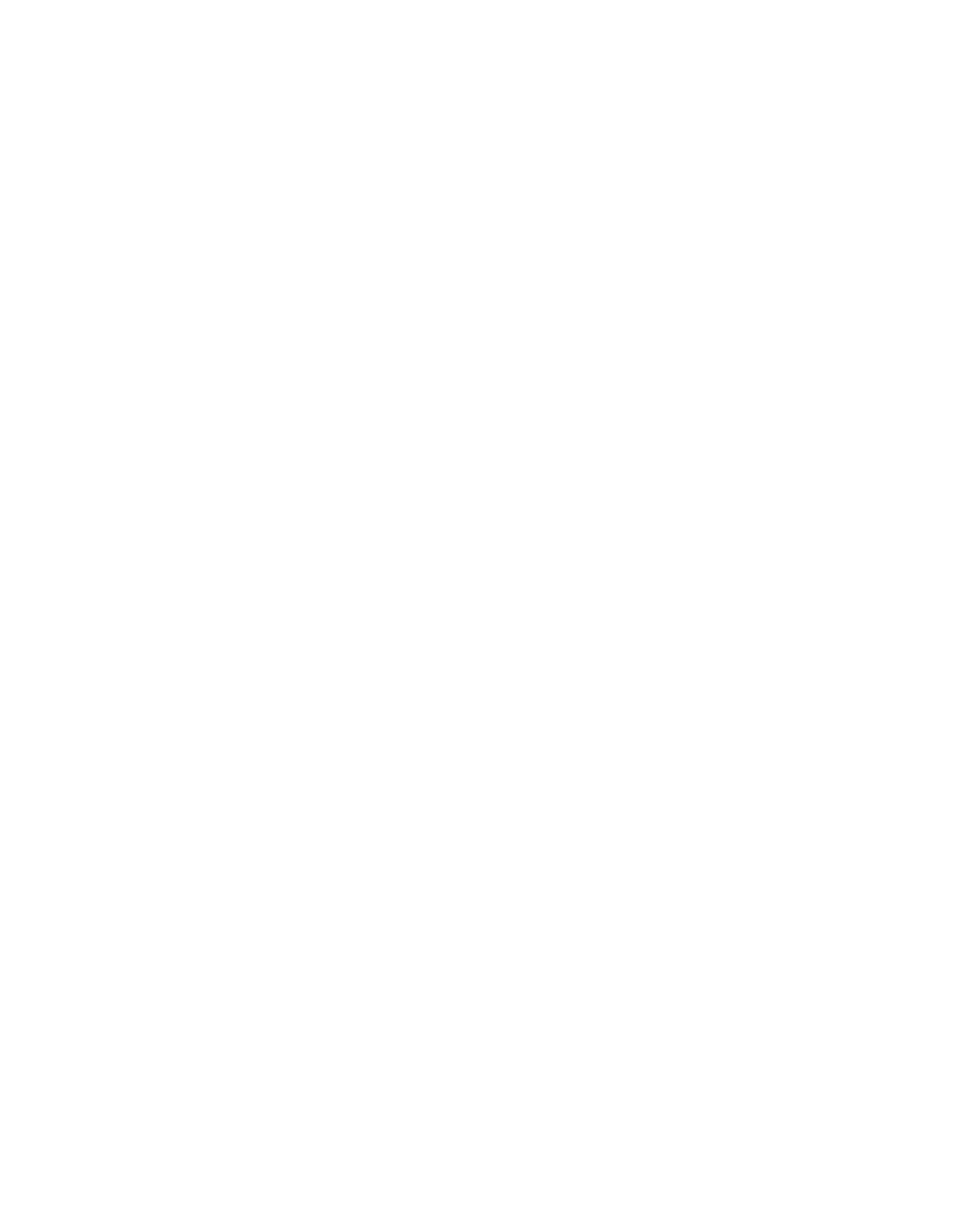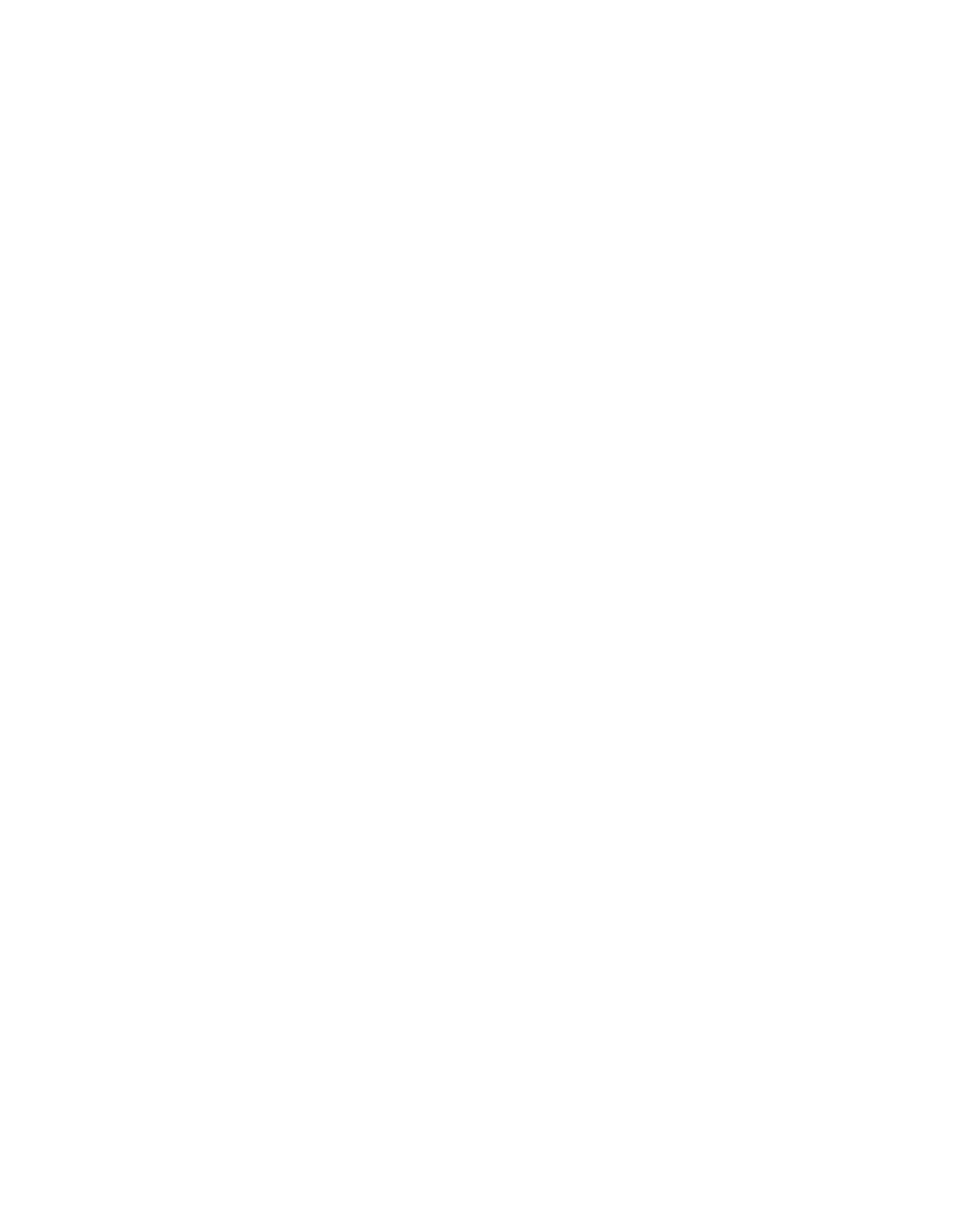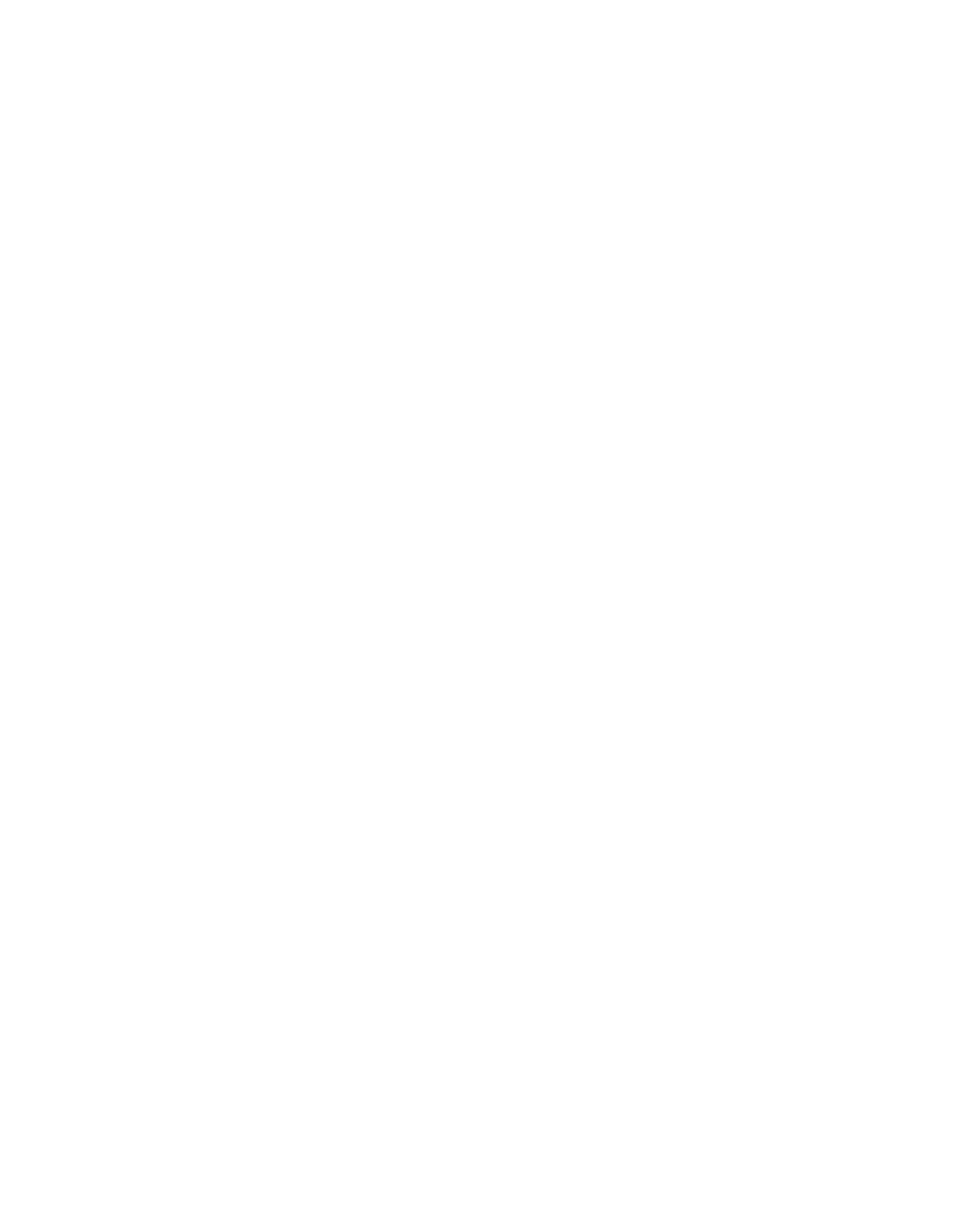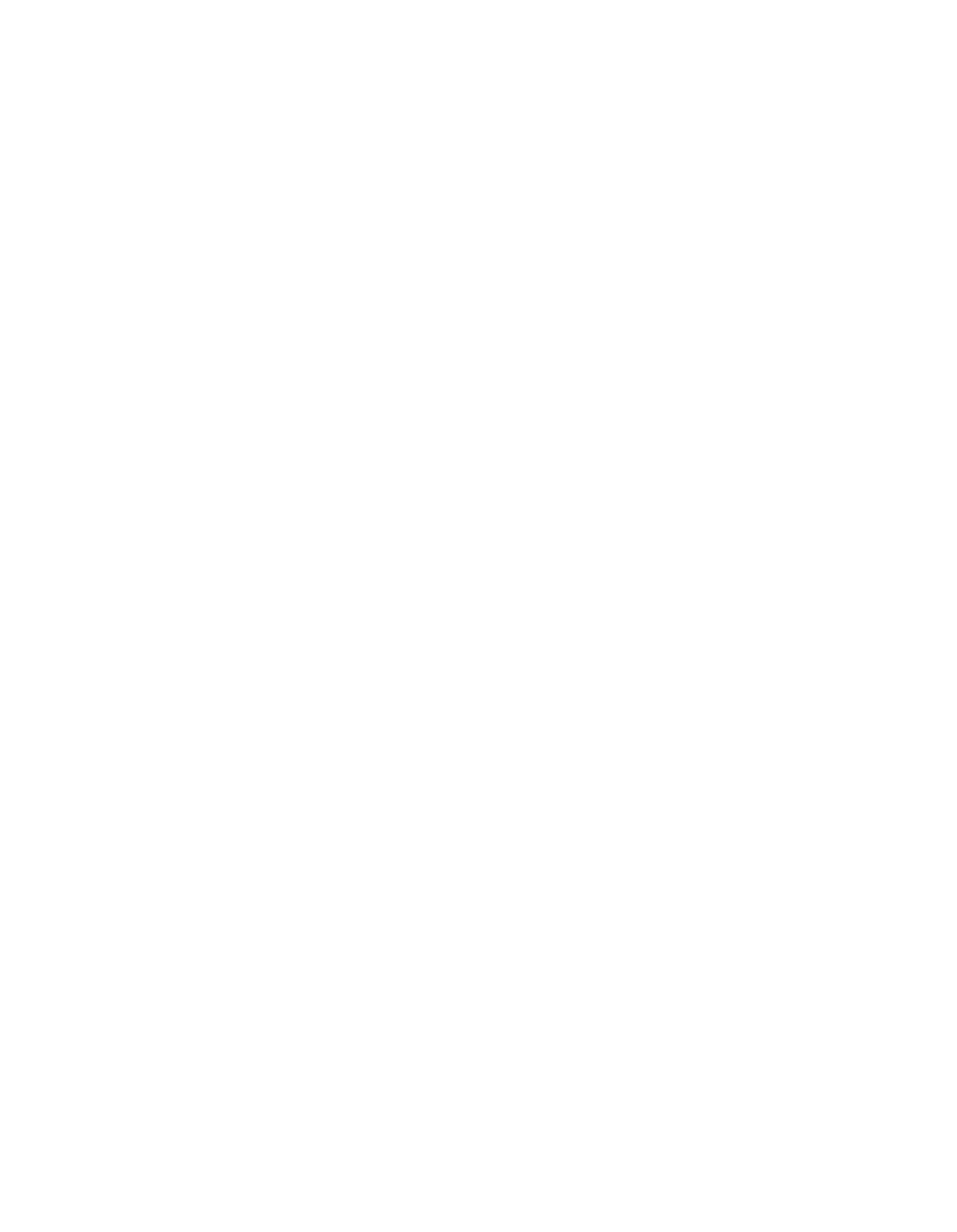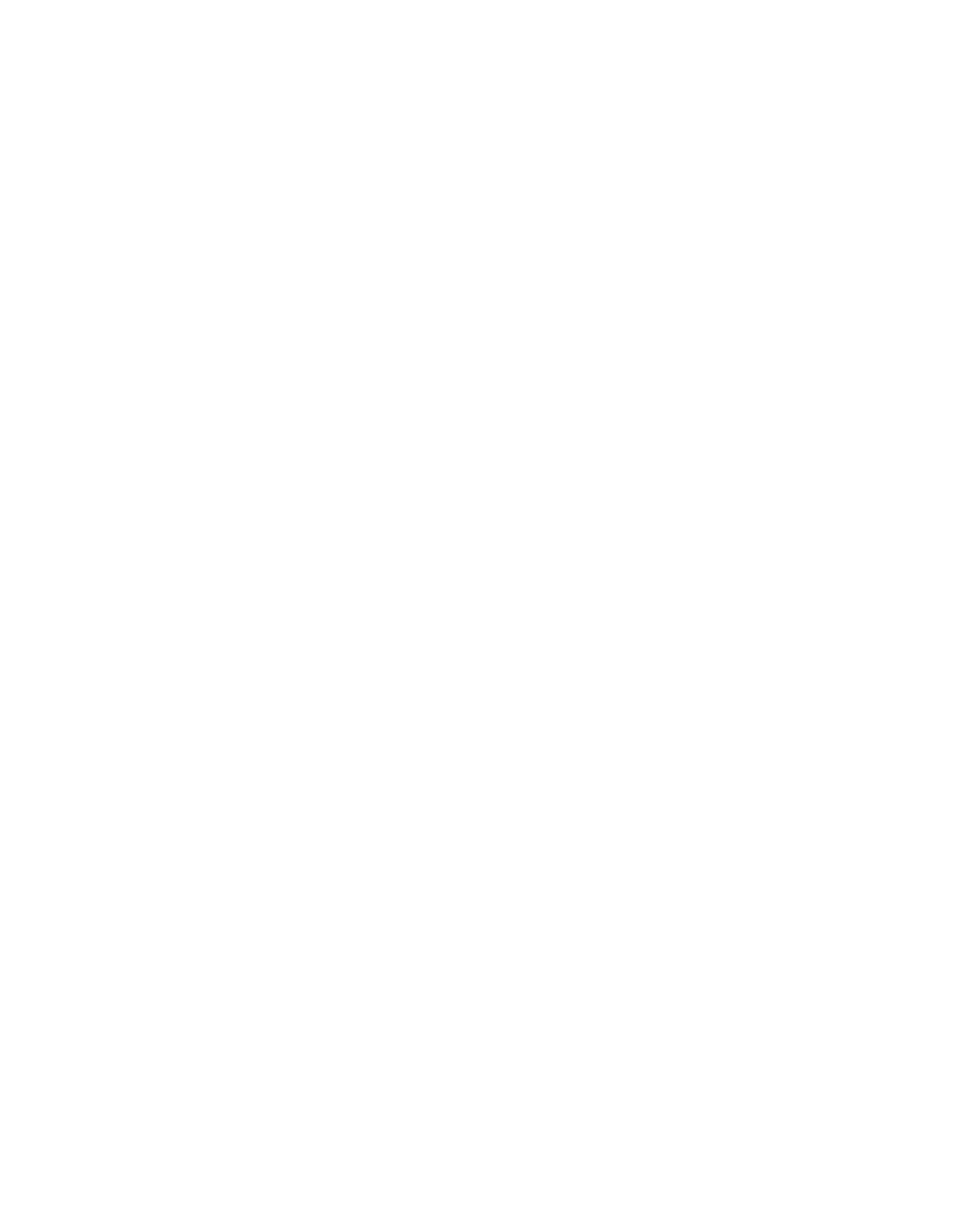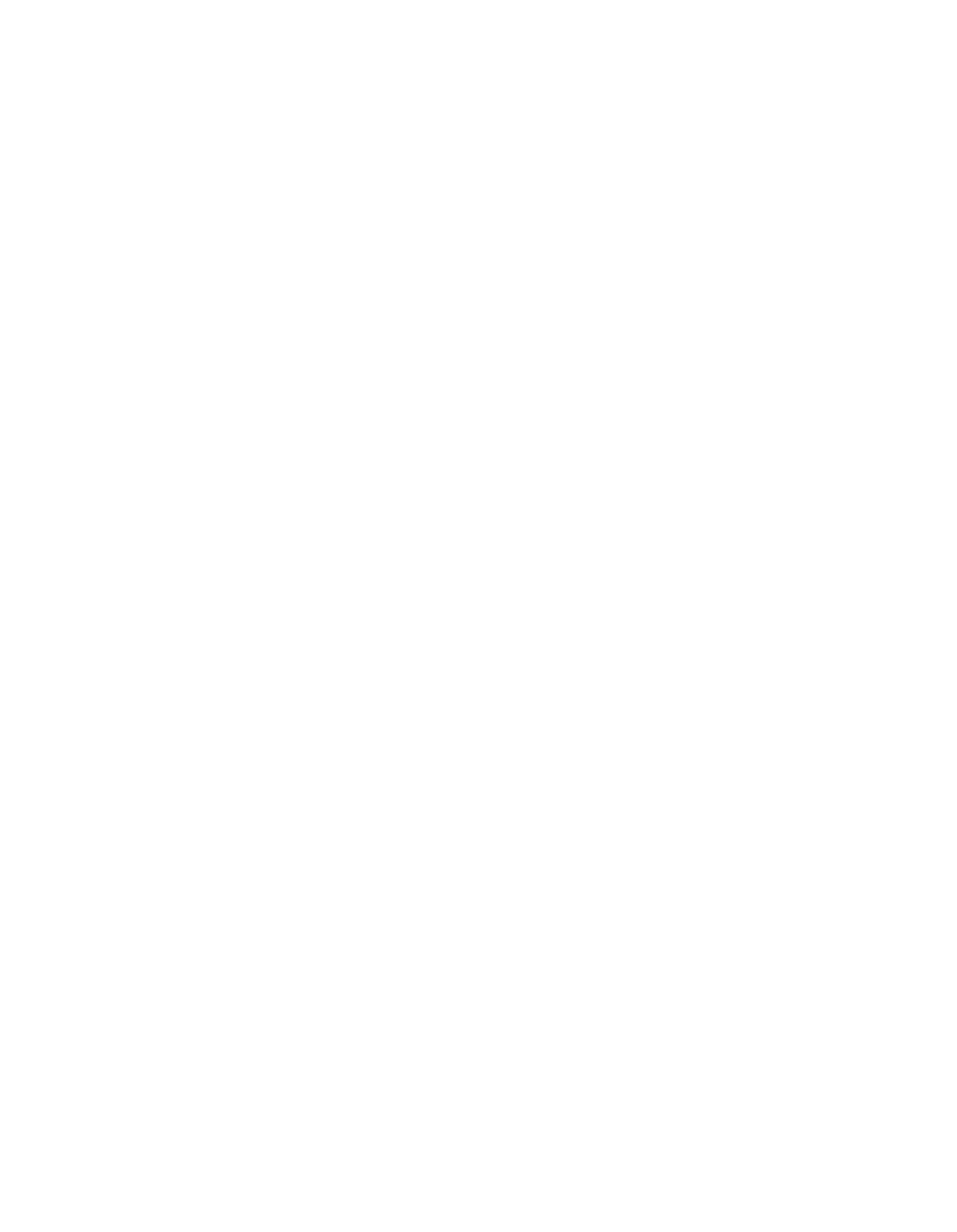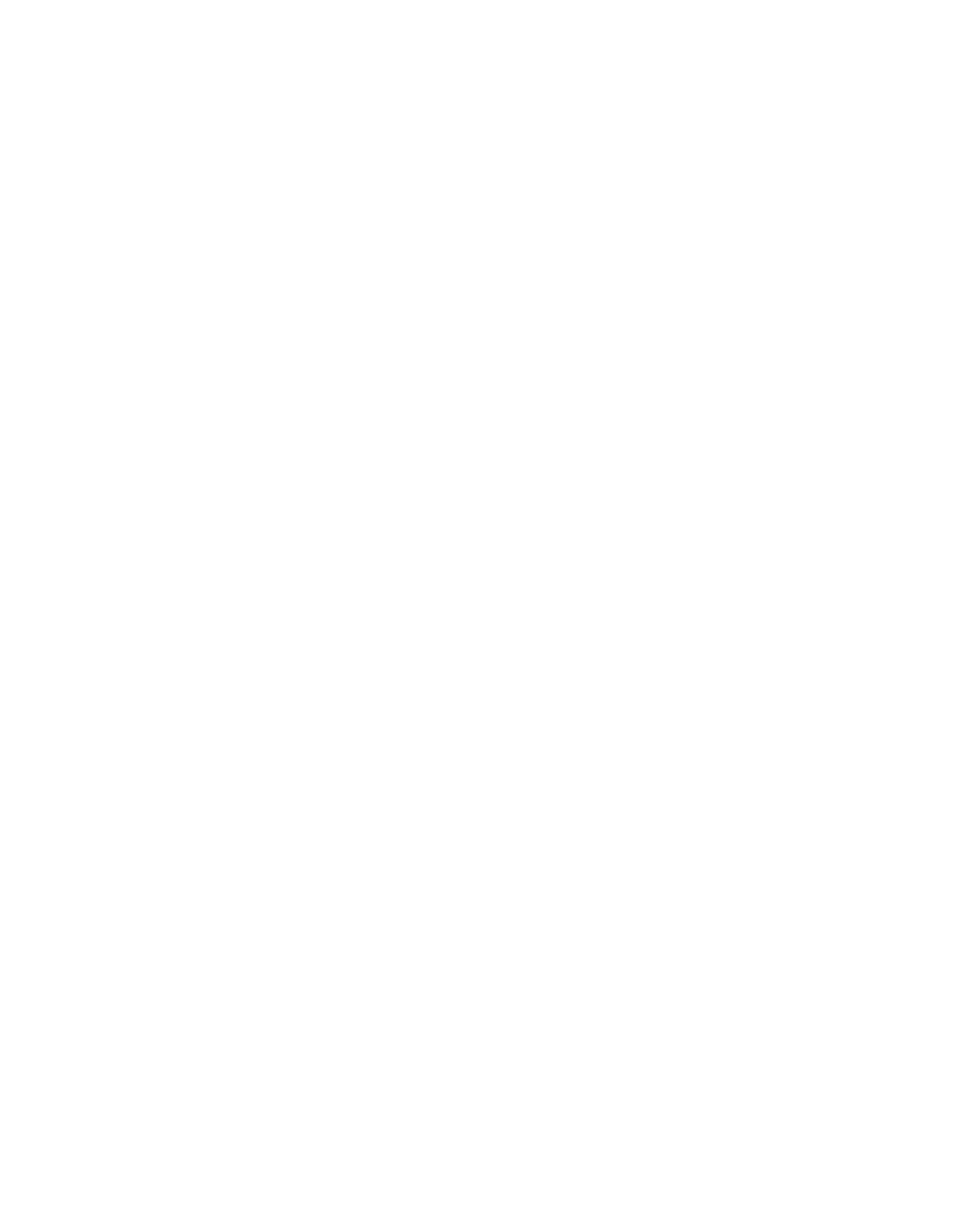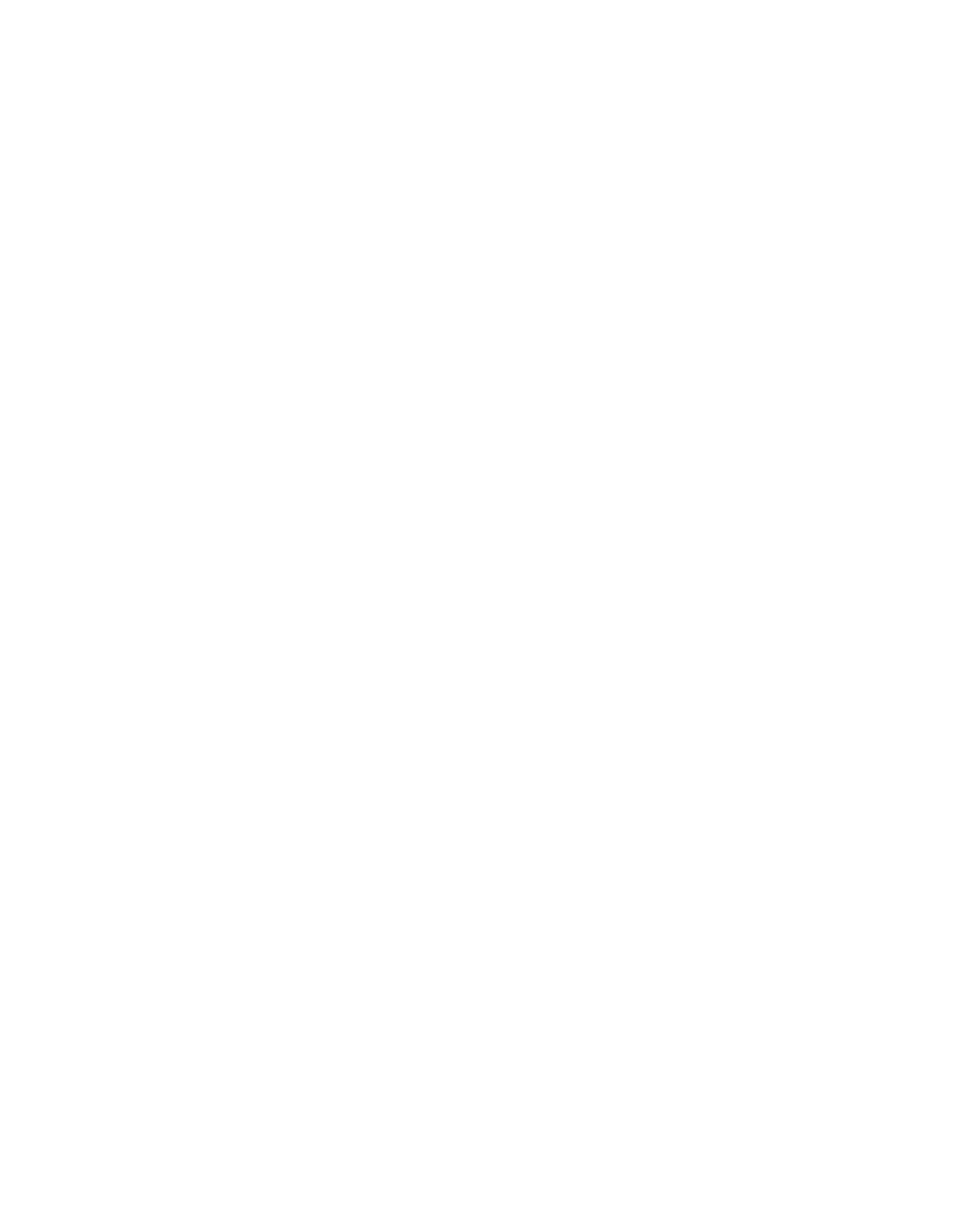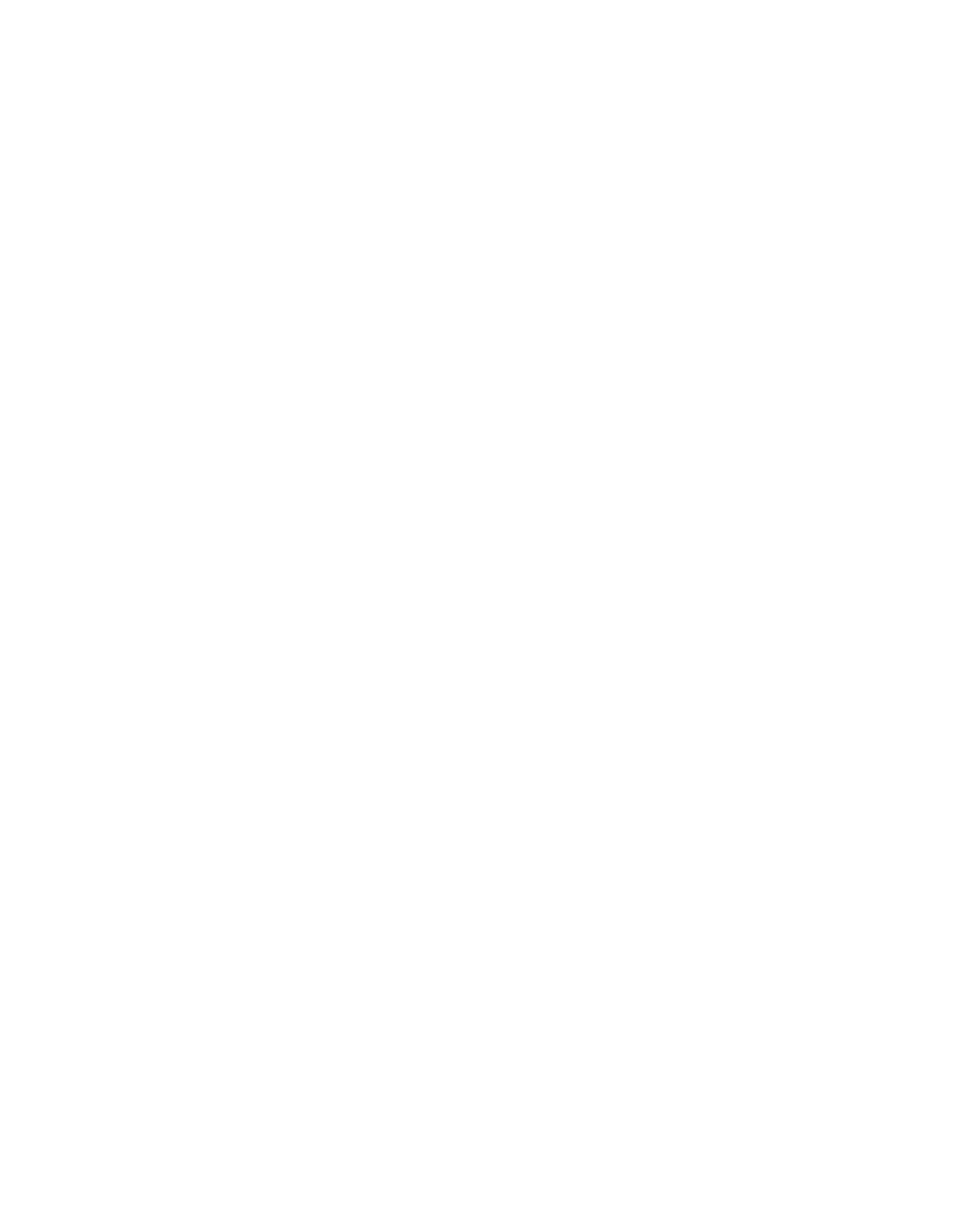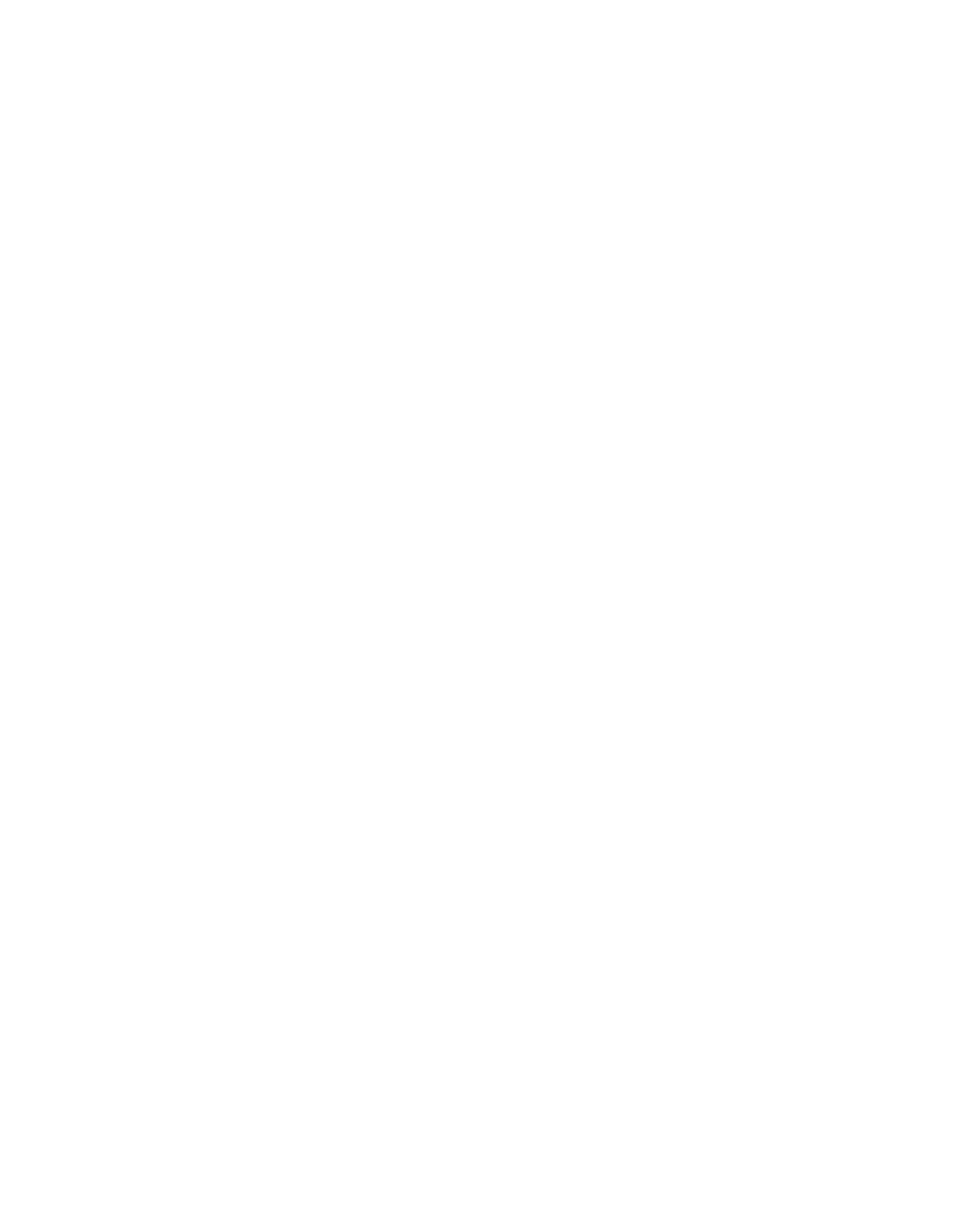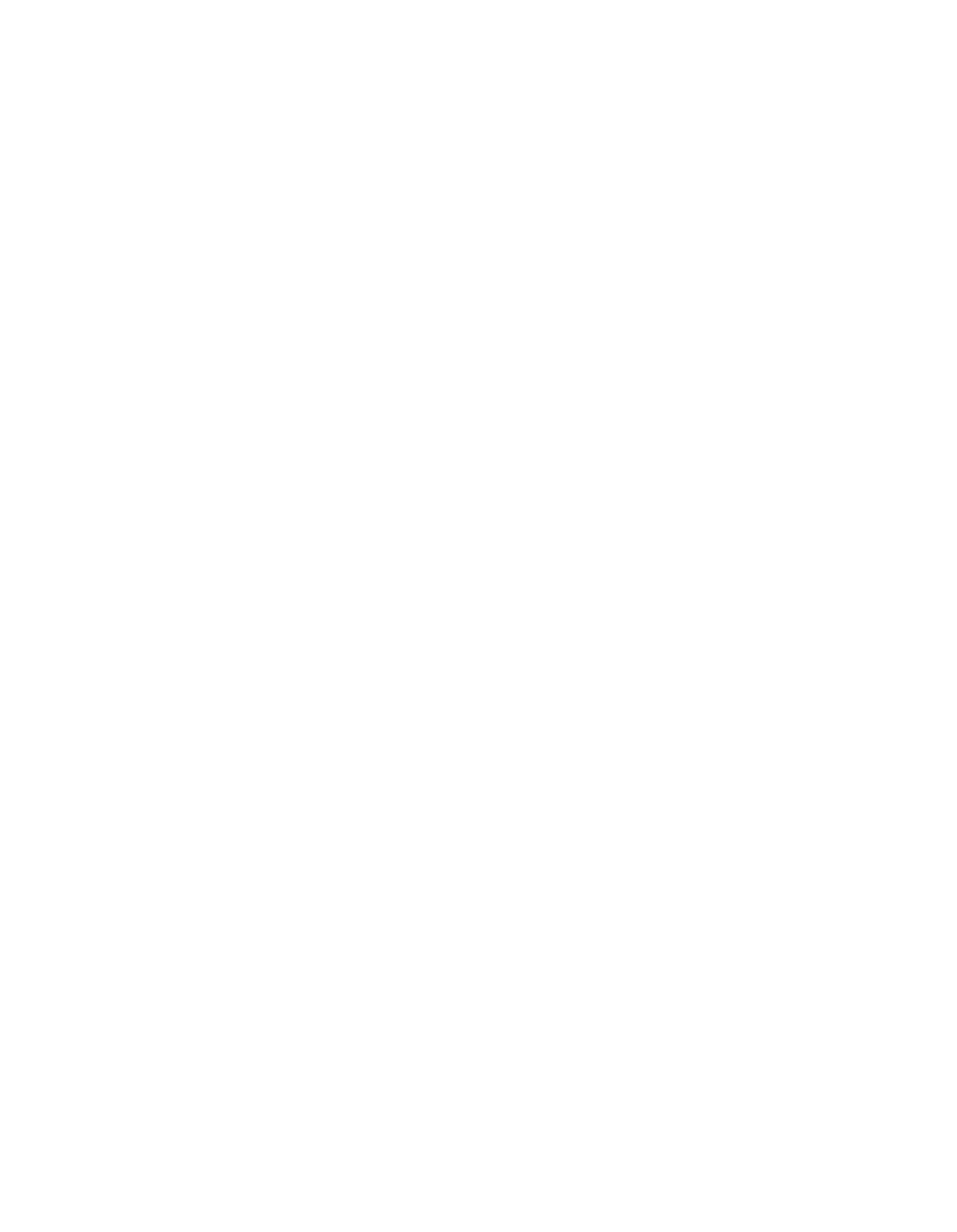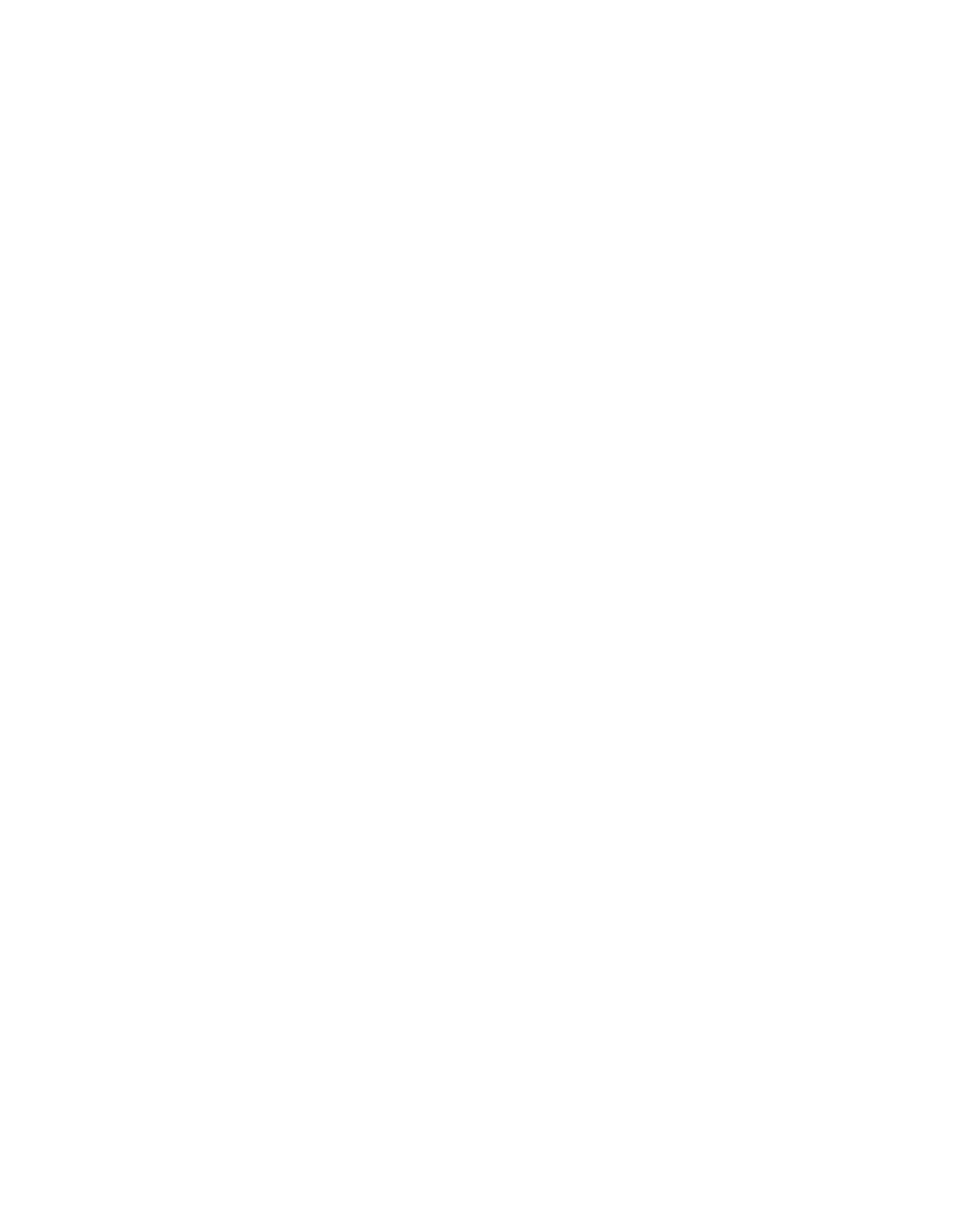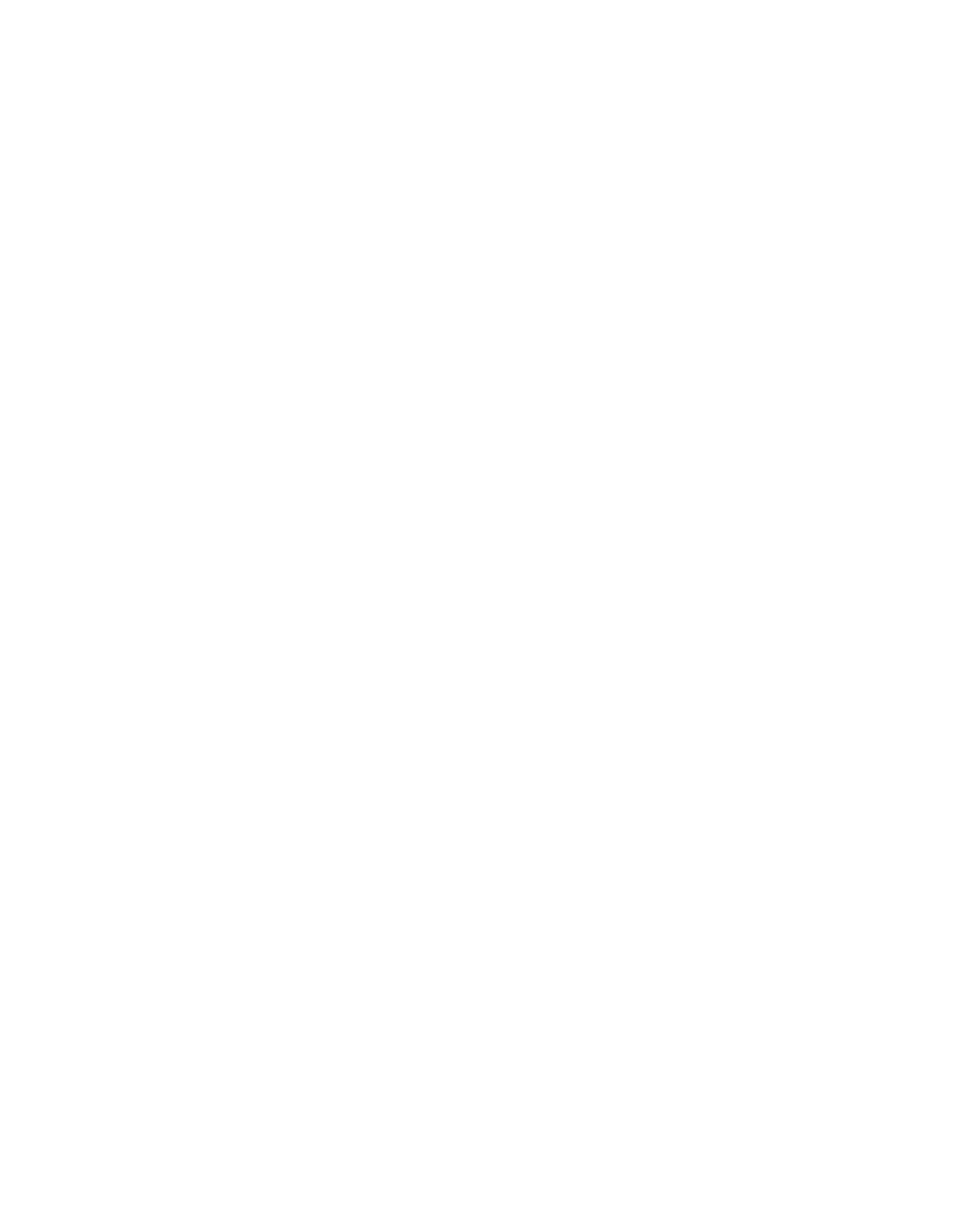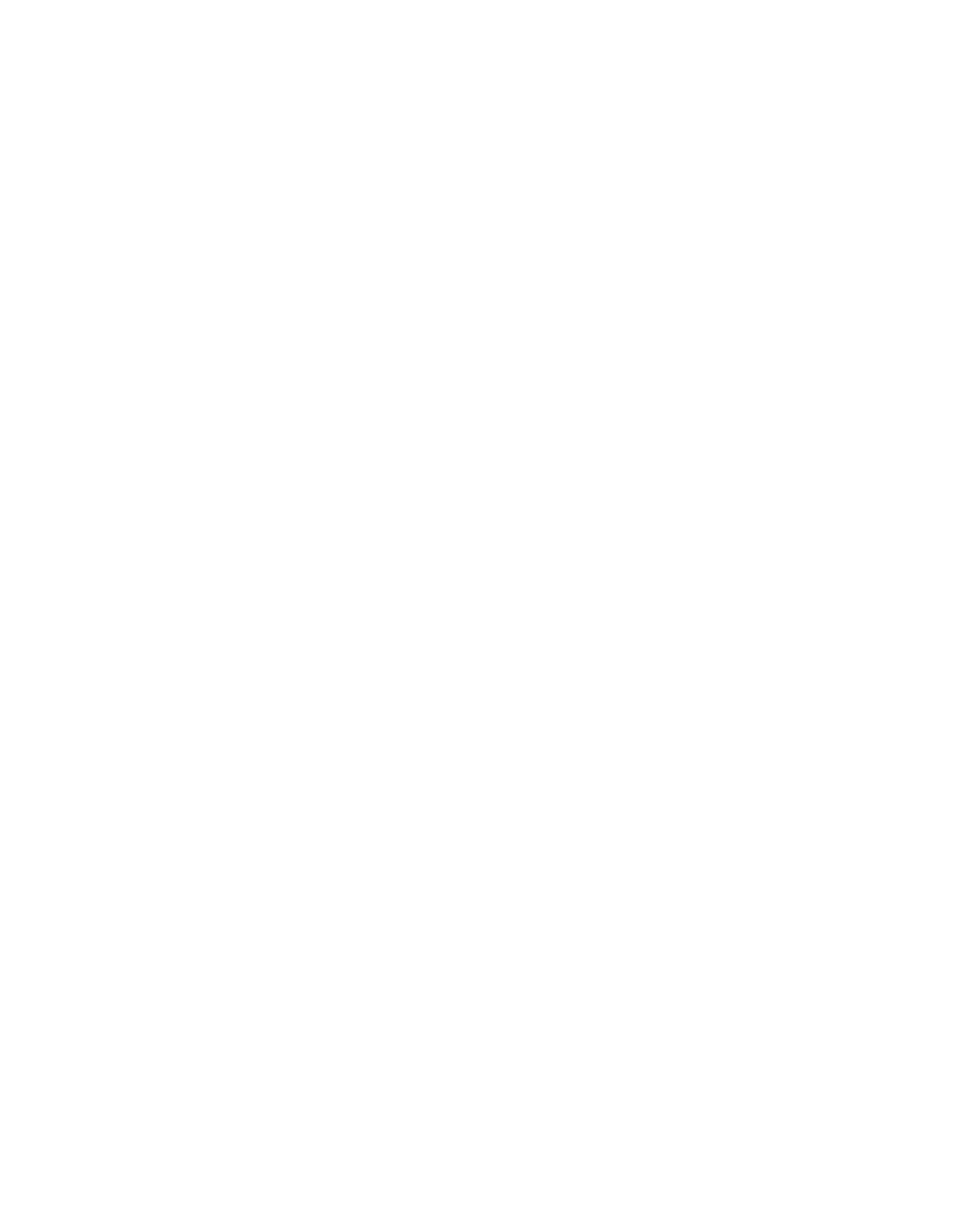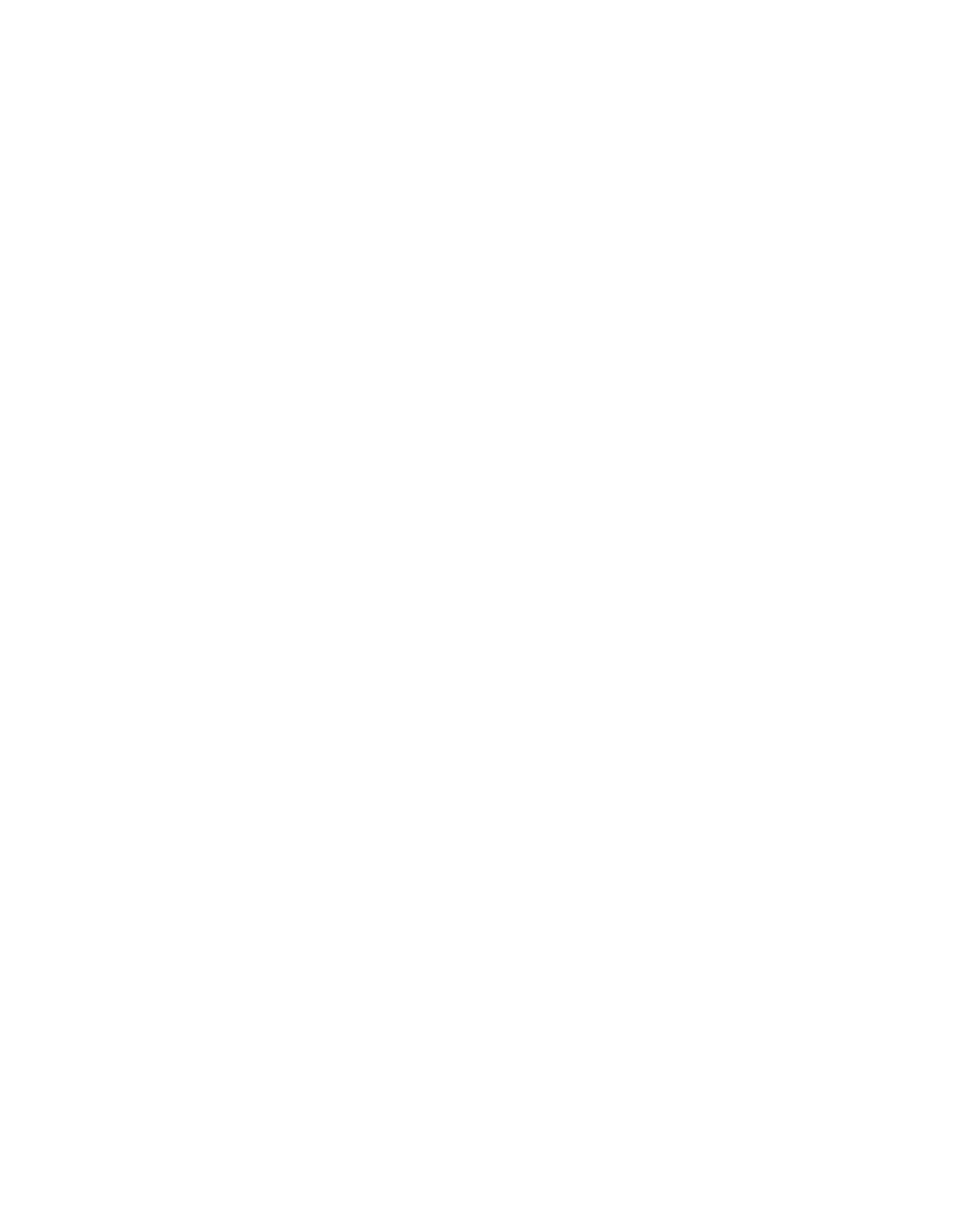ILLINOIS POLLUTION CONTROL BOARD
January 22,
1987
IN THE MATTER OF:
)
)
GENERAL MOTORS CORP.
)
PROPOSED AMENDMENTS
)
R83-7
TO 35
ILL. ADM. CODE
)
900.103 AND 901.104
)
ADOPTED RULE.
FINAL ORDER.
FINAL OPINION AND ORDER OF THE
BOARD
(by
3. Anderson):
Procedural History
This matter comes before the Board on the petition for
change of the Board’s noise regulations,
filed by General Motors
Corporation
(GM) February
24,
1983 as amended April
13,
1984.
In
summary,
GM proposes amendments
to
35 Ill. Adm. Code 900.103(b)
“Measurement Procedures” applicable
to Part 901
to require use of
one hour Leq averaging in determining compliance with the
regulations
(except for blasting noise),
as well as correction of
measurements for ambient noise, and amendment to 35 Ill. Adm.
Code 901.104 “Impulsive Sound” by deletion of the required
measurement by “fast dynamic characteristic”
in conformance with
the proposed amendment to Section 900.103(b).*
GM’s assertion is
that these amendments
are necessary to insure correct
implementation of the Board’s intention
in adopting the original
noise
regulations that sound measurements used to assess
compliance be
“in substantial conformity with standards
established by the American National Standards Institute,
Inc.
(ANSI)”,
See R72-2,
In The Matter Of:
Noise Pollution Control
Regulations, Order
of July 23,
1973, Opinion of July
31,
1973,
p.
23.
Merit hearings were held on this proposal on June
22, and
November 22-23,
1983,
at which
some economic data were
presented.
No separate economic impact hearings have been held,
given the determination of the Department of Energy and Natural
Resources
(DENR) that:
“While
it may be
possible
to
quantify
some of the
*This Opinion refers to the rules as renumbered upon
codification;
the record
in part refers to the old rule
numbers.
The initial proposal referred to the applicable rules
prior
to codification,
then numbered
as Rules 103 and
206 of the
Chapter
8:
Noise Regulations.
Prior
to codification, Rule 206
“Impulsive Sound” was renumbered to Rule 205
in R76-14, and upon
codification was renumbered to Section 901.104.
Old Rule 103 was
codified as 901.103.
75-106
—2-
costs
and benefits
of R83-7,
such
a study would be
costly
and
would
probably
not
contribute
much
beyond
what
has
already
been
entered
into
the
record.
Therefore,
the
following
criterion
specified
in Section
IV(d)
of PA 83-468 applies
in
this matter:
The
cost
of
making
a
formal
study
is
economically unreasonable
in
relation
to
the
value of the study to the Board
in determining
the
adverse
economic
impact
of
the
regulation.”
(DENR Let~terof 12-23—83;
see also DENR Letter of 3-12-
84.)
Post-hearing comments were filed by CM on April
13 and June
15,
1984,
and by the Illinois Environmental Protection Agency
(Agency) on May
3,
1984.
CM,
the Agency, and DENR were the only
active participants in this proceeding.
Testimony on GM’s behalf
was presented by Richard R. James, former Vice President of Total
Environmental Systems,
Inc.
(TES),
a noise consulting firm;
James
H.
Pyne, GM Staff Engineer in Plant Engineering and Development,
Advanced Product and Manufacturing Staff,
who is responsible for
overseeing and directing CM’s Noise Control Program; Roy F.
Larson, Environmental Coordinator at the CM Central Foundry
in
Danville; and Woodford Van Tifflin,
Supervisor of Engineering in
Plant Engineering Programs,
CM Central Office.
Limited testimony
in response
to Board questions was given on behalf of the Agency
by Major Hearn,
Jr.
By action on November
7,
1985,
the Board proposed for first
notice certain amendments
to the Board’s
rules and regulations
governing noise;
publication of the proposed amendments occurred
in
10 Illinois Register 4175,
March
7,
1986.
Subsequent to publication of the proposed amendments,
the
Board received three Public Comments
(“PC”):
PC
#3 filed May
7,
1986, by the Midwest Environmental Assistance Center; PC
#4 filed
May
12,
1986,
by Commonwealth Edison;
and
PC
#5 filed June
30,
1986, by GM.
Based on
a review of the record,
as augmented by these
public comments, on December
5,
1986 the Board adopted Opinion
and Order proposing amendments
to
35 Ill. Adm. Code Sections
900.103(b) and 901.104.
In so doing,
the Board modified the
first notice proposal to delete
a proposed alternative
measurement procedure
(proposed Section 901.130)
in response to
public comments.
As its meeting of January
13,
1987,
the Joint Committee on
Administrative Rules
issued
a certificate of no objection to the
rules.
Accordingly,
the Board adopts amendments
to
35 Iii. Adm.
75-107
-3-
Code 900.103 and 901.104
as proposed at
second notice and set
forth in the Order below.
Factual Background Prompting the GM Proposal
GM’s Illinois operations include a gray iron foundry located
partially
in Danville and partially in Tilton,
a Fisher Body
plant
in Willow Springs which fabricates and assembles automobile
bodies, and two Electro-Motive plants:
Plant
#1 in
La Grange,
which fabricates and assembles diesel-electric powered railroad
locomotives, power generating units for petroleum drilling rigs,
and diesel power sources for various applications, and Plant
#2
in Chicago, which primarily fabricates and welds primary engine
and electric motor components.
Data from noise surveys at the
Danville plant were those primarily used to exemplify GM’s
concerns with the wording and implementation of the existing
rules, although some data from the other plants was also
discussed.
The Agency began an investigation of noise emissions at GM’s
Danville facility in
1978,
as
a result of
a complaint
in
February,
1978 from
a Tilton resident, Mr. Wayne H. Powers,
who
complained of
a
“high pitch tone soundEing
like very large
electric motors”.
As
a follow-up to the complaint the Agency
contacted eight
other residents,
5 of whom shared Mr. Powers’
complaint.
See Agency Comments of 5-3-84,
p.
6 and Attach.
3-4.
The record of Agency monitoring activities at Danville shows
that there were at least
seven field trips to acquire data.
Measurements were taken pursuant to the criteria adopted by the
Agency pursuant
to Section
900.103(b) on February
8,
1980 (Exh.
C).
The first trip was on May 17,
1978, and the most recent was
on January 29,
1981.
Exhibit
“L”
summarizes the first
six trips,
which covers eight
tests.
The ninth test was on January 29,
1981.
Exhibit
“L” shows each of the test dates,
the time spent
by the Agency staff on site,
the type of analyzer used,
the total
sample length
(period of observation),
range of levels
(or
“average” level)
in the 160 Hz
1/3 octave band, and the delta
(or
range
of deltas) used to define
the presence of a prominent
discrete tone.
The January
29,
1981,
test was conducted between
the hours
of 11:30 a.m.
and 1:30 p.m.
Visual observations of
levels were made with
a B&K 2209 SLM and 1/3 octave filter set.
The data was also tape recorded for subsequent analysis.
This
analysis consisted of
3 sample periods covering 116 seconds of
data from the
B&1
2131, which was set
to an averaging time of one
second.
The range of levels
in the 160 Hz 1/3 octave band was
62
to 66 dB, with the deltas ranging from
7 to
14 dB.
Data collection and analysis followed one of two methods.
Exhibit
“L” shows the method used by the Agency for each test, by
referring to
“Filter and SLM (Fast or Slow),”
or
“Taped
B&K
2131.”
The first method involved visual reading of the sound
level
in each
1/3 octave band directly from the readout meter of
the B&K 2209 sound level meter, equipped with
a B&K 1616 1/3
75-108
—4—
octave band filter set.
No record was provided of the period of
observation or methodology used to determine the reported
levels.
The second method involved tape recording the community
noise
at the test sites.
This recording was subsequently
analyzed at an Agency laboratory.
The typical analysis procedure,
as described on page
5 of
the Agency’s Noise Survey Report,
is shown in Exhibit “M.”
It
documents the Agency’s data collection and analysis procedures
for the testing conducted on July
18,
1979, as
follows:
“The
data was
accumulated
using
the Nagra IV-
SJ
taperecorder
and
magnetic
tape
at
7.5
inches
per
second
tape
speed
on
fast
channel
#1.
The data was analyzed by playback of the
magnetic
tape
on the same recorder
(Nagra IV-
SJ)
at the same speed
(7.5 ips)
into the Bruel
and Kjaer model
2131 Digital Frequency third—
octave
analyzer.
The
2131
supplies
the
information
to
the
Hewlett
Packard
9825A
calculator.
The
calculator
has
been
programmed
to accept the information and apply
all correction factors,
except those necessary
due
to
ambient
SPL’s
and print
the corrected
data
in
1/3
octaves
and
summed
octave bands.
The
HP
9825A
printouts
are
included
in
this
report.
Several averaging
times
were used on
the
noise
source.
The important
fact is
that
over
a
32 second
averaging time
the prominent
discrete
tone
is
still
present.
Thereby
indicating,
the pure tone can be characterized
as constantly present.”
Two different averaging times were used.
Three
sets of data
samples were each averaged for one second, and one set of data
was averaged over
a 32-second period.
The 32-second sample was
in compliance with both Rules 202 and 207.
The physical noise environment
is complex.
In addition to
noise produced by GM, there are noise emissions from motor
vehicles on 1-74,
which at that point has
a major on-off ramp and
is elevated on
a high berm, as well as in-town traffic, and noise
emissions from the railroad lines and one switchyard
located to
the east and south.
The source of the
“high pitch tone” was determined to be the
cupola fume control systems
at stacks
1,
2
&
3.
The schematic
provided as Exhibit
“H” shows the 2000 HP fan which draws cupola
emissions through the scrubbers.
The fundamental tone of this
fan is related to the fan RPM and the number of fan blades.
For
this fan, which is used on all three
stacks,
this
tone
is
at
158
Hz.
75.109
-5-
In response to discussions with the Agency in
1978, GM
installed on an experimental basis
a corrosion-resistant
Industrial Acoustic Silencer in the
No.
2 cupola.
This did not
correct the violation noted
by the Agency and completely
disintegrated
in the stack within
14 months after installation.
Testimony of W. Van Tifflin,
p.
6,
and Exh.
E.
According to the
Agency,
(comments,
p.
7)
“several”,
unspecified operational
changes were also unsuccessfully implemented.
On May 23,
1980,
the Agency issued
a
“Notice of Enforcement” (Exh.
E) alleging
violations of then Rules
101, 202, and
207 concerning noise
nuisance, emission of sounds from Class
C to Class A land, and
prominent discrete tones.
No enforcement action has ever been
brought before the Board.
This does not reflect Agency judgment
that any problem has been solved, but instead reflects the
severe
cutback in the Agency’s
Noise Control Staff which is the result
of the demise of the Federal Noise Program and
its funding
for
state enforcement efforts.
See Agency Comments,
p.
13-19.
The
Agency has
“pressed” for installation by CM of stack silencers
(Id.
p.
7).
GM has investigated this option, and believes that stainless
steel silencers produced by TLT Babcock are the most feasible
option.
Capital, installation and maintenance costs will require
an expenditure of $142,358 per year
(in 1983)
for every year in
which GM continues to operate, due to the need to replace the
silencers every
five
years due to corrosion.
The silencers are
designed to hypothetically achieve
a
24 dB reduction at the
cupola.
Based on extension measurements
in Mr.
Power’s yard
(described
in more detail below), CM asserts that the effective
reduction of noise to that receiving source is
4 dB, due to the
masking of
the sound from the cupola by ambient,
non-CM noise
sources.
GM further asserts that installation of such equipment
to achieve compliance with the numerical limits Part 901
(as
opposed to the noise nuisance of Section 900.102)
is economically
unreasonable, based
on its belief that the Agency’s noise
measurement and analysis procedures do not correctly measure
noise emissions as intended by the Board in adopting the noise
regulations.
See, generally,
testimony of
W. Van Tifflin.
GM notes
that, based on sound measurements
in 1981 at its
two Electromotive and its
Fisher Body plant, by using the Agency
measurement techniques
as employed at the Danville plant, that
a
measurer could find violations of the Board’ prominent discrete
and impulsive sound rules.
GM does not seek site specific relief
for each of its four plants, believing that non-ANSI complying
flaws
in the measurement affect not only
CM,
but the rest of the
regulated community as well.
GM’s basic position, then,
is that
as
a
“good corporate citizen” the responsible position for it to
take
is to correct the generally applicable flaws
it perceives,
rather than to attach only its specific
“compliance” problems.
75-110
—6—
GM’s Asserted Flaws
In Agency Measurement and Analysis Techniques
ANSI S1.13-1971
(Exhibit
D) requires that the measuring
technician measure sound over
a sufficient period of observation
to obtain
a statistically representative sound level;
it does not
specify the length of the observation period.
It also requires
corrections for ambient sounds which are measured along with the
source in question.
ANSI S1.13-1971 provides methods for determining the true
root mean square (rms) values of the sound level for a specified
period of observation.
The rms sound pressure level
is also
known as the “log average sound pressure level,”
“equivalent
continuous sound pressure level,” and
“Leq” when referring to the
equivalent continuous sound level.
For reasonably steady sounds
this value
is
indicated by the position of the meter needle or
digital readout value
of the sound level meter.
When
fluctuations in the meter readout due to variations
in the
sound’s amplitude preclude direct readout, ANSI S1.13 provides
procedures
for estimating the true rms value that work well,
when
the variation in the sound level over the period of observation
is reasonably stable and sinusoidal.
ANSI’s formula for
averaging independent samples
is:
1
N
(L./10)
L
=
10
*
LOG
~
10
1
dB
Eq.
1
i=1
Where:
N
=
total number of observations
L1
=
the level at each observations.
ANSI S1.13 recommends that if the time
scale of the
fluctuations is such
as
to make this procedure impractical, other
techniques,
such as direct computation of the rms value by analog
or digital means, are required.
The digital method utilizes
an
algorithm conceptually similar
to the above
formula.
GM asserts that the Agency’s measurement procedures,
adopted
February
8,
1980,
under Rule 103(a)
Exhibit
“C”),
follow ANSI
Sl.l3 very closely,
often paraphrasing whole sections of the
standard
--
except at one very important point.
The Agency
modified Equation
1 to make the input values for L~the maximum
levels observed,
not the statistically independent
samples
intended by ANSI.
This means
that value
“L” is no longer
the
true mean rms level.
Now
“L”
is instead the log average of the
maximum values.
It will thus always be greater than the rms
value desired, with the discrepancy increasing as the magnitude
of the fluctuations increase and as the pattern of the variation
in level deviates from sinusoidal.
GM further asserts
that there was also a discrepancy
in
Agency laboratory procedures.
This deviation occurs
in the
lIP
9825A computer program,
where the sample output levels from the
B&I
2131 are averaged and printed out.
This deviation occurs
75.111
—7-
because the HP 9825A computer program is written to
arithmetically average the levels.
Thus,
equation
1 was changed
to read,
for the Agency’s measurements at Danville,
to the
following:
1
N
L
=
Eq.2
i=1
Where:
N
=
total number
of samples
L1
=
the level of the sample
output from the B&K 2131.
This equation
is not
in agreement with either the published
Agency measurement procedures of
February
8, 1980,
or the ANSI
Sl.l3-l97l methods for determining the true rms sound pressure
level.
GM/TES FINDINGS AT DANVILLE
A comprehensive study of the impact of the Danville plant’s
noise emissions on the Tilton community environment was conducted
jointly by General Motors’
and TES personnel.
Data were
collected jointly by GM representatives and analyzed by TES.
The
last completed test sequence documented noise
levels over
a 24
hour period,
at the primary test site that was also used by the
Agency
-
Mr.
Po,wer’s yard.
Exhibit
“N” presents the results of the 1980 Power’s yard
tests as log-mean-average sound pressure levels, plus or minus
one standard deviation.
The data representing each cupola’s
noise emissions has been separated into two tables.
The upper
table
shows
the cupola noise emissions
in conjunction with
traffic and railroad activities.
The lower table
shows
the
average levels
in each 1/3 octave band from the data analysis
conducted to separate the plant noise
from other ambient noise
sources.
This table presents the levels
in the bands adjacent to
the cupola noise out of context of the ambient environment.
However,
this is
a necessary step in defining the 1/3 octave band
containing cupola noise components,
to judge the effect of noise
control changes.
A method similar to that used by the Agency was
used
in analysis, although the GM/TES averaging was done
logarithmically,
typically over periods of 16
seconds or more,
and was not limited to only the maximum levels observed.
When GM/TES sampled for the “with-ambient” condition,
they
typically averaged uninterrupted periods of 3.4 minutes or 6.8
minutes.
Mr.
James used
an
ear and eye’ judgment
to select
single samples to make up
a composite,
“without-ambient-noise”
period.
This was done by sampling when he both heard the tone
and could
see that the 158 Hz
spike was not affected by other
noise components
in the 160 Hz 1/3 octave band.
These tables
75-112
—8—
represent the average of all the 1980 data (representing normal
operations)
that they have analyzed from TES test site tapes
at
Power’s yard.
There are significant differences between Exhibit
N values
and those documented by the Agency.
The 1981 data is the most comprehensive of all.
This test
involved 8-1/2 hours of tape-recorded data, taken beginning the
evening of June 30, 1981,
and ending approximately 24 hours
later, late in the afternoon of July
1, 1981.
The taping
sessions were usually 1-1/2 to
3 hours
long,
and were timed
so as
to record significant operating periods.
Taped data included
samples from early evening, late night through to shut down after
midnight, early morning start-up, midday, and late afternoon.
These tapes were analyzed to determine the 15-minute equivalent
continuous sound pressure levels
in the frequency bands of
interest.
Environmental conditions during data acquisition placed the
test site downwind of the plant.
This condition favors
propagation of plant
sounds toward the test site.
CM asserts that the importance of the results of this test
period is
in the observed short-term variations
in the community
sounds and the acceptable degree of contribution from the foundry
cupolas when evaluated over a longer period of observation.
The
level of the 160Hz 1/3 octave band varies from
a low of
55 dB at
4:15 p.m.
on July
1,
to
a high of
69 dB at 11:30 p.m.
on June
30.
Corresponding differences
show up
in the values of the delta
used to judge prominence of the fan tone
at 158 Hz.
This
variation over
a day makes
it extremely unlikely that levels
resulting from analysis of the short-term sampling times,
of one
second to 15
seconds, as used by the Agency, bear any
relationship to the equivalent continuous sound pressure level
over a longer and more reasonable period of observation.
Using
the 8-1/2 hours of test data,
for the periods of the day and
night when the plant was operating, we see average daily noise
levels
of 63 dB for the 160Hz 1/3 octave band,
66 dB for the 125
Hz octave band, and
a delta of 7.5 for the 160 Hz 1/3 octave band
containing the fan tone.
GM asserts that the plant’s sound
emissions clearly comply with Rule 207, based upon
a
“reasonable”
period of observation as permitted by ANSI.
GM’s position,
then,
is that the Agency’s tests of foundry
and other community noises
in
Tilton produced skewed data.
The
data samples were too short to accurately evaluate whether the
plant’s sound levels violate
Part 901,
and that the misleading
nature of the data was then compounded by the Agency’s inaccurate
version of the ANSI formula for determining equivalent continuous
(or
rms)
sound pressure levels.
75-113
—9—
HISTORY OF THE BOARD’S NOISE REGULATIONS,
USEPA NOISE STUDIES AND THE PROPOSAL
FOR ONE-HOUR Leg AVERAGING
On July
26, 1973,
the Board adopted Former Chapter
8 of the
Illinois Pollution Control Board Rules
and Regulations, Illinois’
first comprehensive noise pollution control regulations.
In its
July 31,
1973 Opinion
in support of the noise regulations,
the
Board described the regulations as
“designed to protect people in
the State from the unreasonable exposure to environmental noise
burdens.”
Opinion of the Board, R72-2 at 20 (July
31,
1973).
The entire record
in R72—2 reflects
a concern for establishing
maximum noise levels based upon anticipated community response
(“a regulation should be based on the likelihood of compliant”),
as well as
a concern that the standards adopted be economically
and technically feasible.
See Opinion R72-2,
at 35-39 (extensive
analysis of technical feasibility and economic reasonableness of
proposed regulations).
The limits presently contained
in
Part 901 were established
following an examination and analysis of community noise
annoyance.
In addition to the protection afforded to the general
public
by Part 901,
Part 900 accommodated the specific individual
by entitling that person to bring
a complaint, under Section
900.102,
that
a particular noise source
is emitting sound
“so as
to cause noise pollution in Illinois....”
Specific measurement procedures were not established by the
Board
in R72-2.
In explaining the measurement procedure
established
in Rule 103, the Board stated:
“This rule establishes the basic techniques to
be used
in measuring sound levels by reference
to specific published standards
such
as
those
of
the
American National
Standards
Institute,
Inc.
(ANSI).
Much testimony
appears
in
the
record,
mainly
from industry,
urging that
the
techniques
be specified
in more detail as part
of
the
regulation.
This
was
felt
to
be
impractical
given
the
uniqueness
of
each
measuring
location
in
the
state
and
the
periodic development of new
and more advanced
techniques.
Filing
the
techniques
with
the
Secretary of State before applying them should
give
sufficient
notice
of
their
nature
and
provisions
to interested persons.
Application
of
the
measurement
techniques
to
specific
situations must be done on an individual basis
and
could
be
a
subject
to
challenge
in
an
enforcement
proceeding.”
Opinion,
R72-2,
at
23.
More specifically,
the problem of measuring varying, non-
steady noise
emissions was not resolved
in R72-2, primarily due
75-114
-10-
to the absence of accurate and efficient instrumentation to
measure such noise at that time.
Indeed,
the Board recognized
the difficulty of measuring fluctuating sound
in its Opinion on
R72-2.
At page
19 of the Board’s Opinion,
the following
observation
is found:
“One last type
of sound
is
fluctuating
sound,
where
the
sound
pressure
level
varies
with
time.
Some
sirens
emit
noise
that could
be
classified
as
fluctuating
and
there
is
also
machine
and
process
noise
that
varies
regularly
in
sound
level
with
time.
Little
information
is
available
to
determine
its
relative
annoyance
to
non—fluctuating
noise.”
(Emphasis supplied).
George
W. Kamperman, the Agency’s acoustical consultant
in R72.-2,
confirmed the absence
of available technology to measure non-
steady, fluctuating noise at the time the Board considered R72-2
in
a recent letter to Petitioner,
in which Kamperman noted:
“In
1972,
I
had
independently
developed
laboratory instrumentation for determining the
average
sound
level
(Leq)
for
time
varying
sounds.
There were
no commercially available
instruments
for determining the average
sound
level
when
the
proposed
noise
regulations
became
effective.”
Letter
to
Woodford
Van
Tifflin
(April
13,
1981)
at
2.
The availability of that instrumentation today is reflected not
only
in the testimony presented by Petitioner during the public
hearings on R83-7, but
is also noted by Kamperman:
“In
the
past
two
years,
several
instrument
manufacturers
have
started
marketing
portable
microprocessor
controlled
sound
level
meters
capable of computing average sound level.”
Id.
There was no evidence presented to the Board in
R72.-2 that
community annoyance or community response to noise
is best
determined by measuring short duration maximum level noise
emissions.
Research completed subsequent to the adoption of the
original noise regulations provides evidence to the contrary.
Such documentation is contained
in the report of the United
States Environmental Protection Agency (USEPA) entitled “Public
Health and Welfare Criteria for Noise,” published July
27,
1973
(“Criteria Document”)
(Exhibit
P);
a report of USEPA entitled
“Information on Levels of Environmental Noise Requisite to
Protect Public Health and Welfare with an Adequate Margin of
Safety”
(“Levels Document”), published
in April, 1974
(Exhibit
MM)
;
a report
of USEPA’s former Office of Noise Abatement and
Control (“ONAC”) entitled
“Toward
a National Strategy for Noise
75.115
—11—
Control,” published
in April,
1977; ANSI S3.23-198O entitled
“Sound Level Descriptors for Determination of Compatible Land
Use”; ANSI S12.4-198X
(June
1983 Draft) entitled “Method for
Assessment of High-Energy Impulsive Sounds with Respect to
Residential Communities”; and ISO Recommendation R1996 entitled
“Assessment of Noise with Respect to Community Response,” ISO/R
1996-1971 (before the Board in R72-2).
Each of these documents
provides support for Petitioner’s claim that Leg averaging is
clearly the most accurate descriptor of community response to
noise.
The USEPA Criteria Document was prepared pursuant to the
directive to the Agency contained in the Noise Control
Act,
42
U.S.C.
~49O4(a), to develop and publish criteria with respect to
noise which reflects “the scientific knowledge most useful in
indicating the kind and extent of all identifiable effects on the
public health
or welfare which may be expected from differing
quantities and qualities of noise.”
The Criteria Document stated
that:
“un
terms assessing the
effects
of noise on
humans,
Leq
is
one
of
the
most
important
measures
of environmental
noise,
since
there
is
experimental
evidence
that
it
accurately
describes the onset and progression of hearing
loss.
There
is
also
considerable
evidence
that
it
applies
to
human
annoyance
due
to
noise.”
Criteria Document at
2-7.
After reviewing
a number of other criteria used to rate community
response to noise,
the Report concluded that “to date
the
one
measure of noise that appears to be emerging as one of the most
important measures of environmental noise in terms of the effects
on man
is the Energy Mean Noise Level,
Le.q,
...‘
Id.
at 2-10.
This conclusion was based in part
on
a study undertaken by Task
Group #3 of the USEPA on Aircraft/Airport Noise
Study, which
found that:
“The
energy
equivalent,
or
average
A-
weighted
sound
level
taken
over
a
24-hour
period,
with
a
10—decibel
penalty
applied
to
nighttime
sound
levels,
is
the simplest noise
measure
that
provides
a
high
degree
of
correlation
with
annoyance,
complaint
behavior,
and overt community reaction.”
This conclusion was reinforced by the subsequently published
Levels Document.
This document, which was more concerned with
establishing maximum levels rather than measurement procedures,
nevertheless noted that criteria for describing time-varying
community noise must take into account both the level and
duration of the noise.
The Levels Document concluded that:
75-116
-12-
“ijin
order
to
describe
the
effects
of
environmental
noise
in
a
simple,
uniform
and
appropriate way,
the best descriptors are
the
long-term
equivalent
A-weighted
sound
level
(Leq)
and
a
variation
with
a
nighttime
weighting,
the
day-night
sound
level
(Ldn)
...“
Levels Document at
2.
The USEPA’s recommended criteria levels are found
in ONAC’s
report entitled
“Toward a National Strategy for Noise Control.”
Here,
the USEPA has proposed maximum levels represented in terms
of the day-night average
sound level
(Ldn), measured over
a 24-
hour period.
Numerous federal agencies have adopted maximum
noise levels for projects under their jurisdiction expressed
in
terms
of an average equivalent
sound level,
including the
Department
of Housing and Urban Development,
see
24 C.F.R.
§51.103 (1982),
the Federal Highway Administration,
see 23 C.F.R.
§772 et
seg, and the Federal Aeronautics Administration,
see
14
C.F.R.
§A15O.101(d)
(1982).
The most recent ANSI publications on this point also
recommend
a time-varying measurement standard for establishing
the appropriate noise level descriptors for determination of
community response to noise.
In ANSI S3.23-1980 (Exhibit
Q),
a
day-night average sound
level is adopted
as the appropriate
“acoustical measure to be used
in assessing compatibility between
various land uses and an outdoor environment.”
ANSI S3.23-198O
proposes
a period of observation of twenty-four
(24) hours.
In
a
recent draft proposal providing for a method of assessment
of
high-energy impulsive sounds with respect
to residential
communities, ANSI reaffirms that “A-weighted day-night average
sound level is the primary descriptor of environmental noise.”
See ANSI S12.4-198X
(June 1983 Draft), at
1.
The International Organization for Standarization published
ISO Recommendation R1996
in
1971.
This document, which was
introduced as an exhibit
in the original proceedings on R72-2 and
is referred to in
several parts of the Board’s Opinion on R72-2,
suggests methods of measuring and rating noise in
a manner
“suitable for predicting approximately the public reaction likely
to be caused by noise.”
ISO/R 1996-1971 at
3 (Exhibit
S).
At
Section 3.1.5 the ISO document states:
“If
the
noise
varies
with
time
in
a
more
complicated manner than is appropriate for the
use of Table
1,
the equivalent
sound level Leq
should
be
obtained,
for
example
from
a
statistical
analysis
of
the
time
history
of
the A-weighted
sound level.”
When reviewing the existing national and international
standards it
is clear that the Leq and day-night average sound
level
(Ldn) measurement criteria are the most widely accepted
75-117
-13-
measurement criteria utilized today for the measurement of
community response to noise.
The Model Community Noise Control Ordinance was developed by
The National Institute of Municipal Law Enforcement Officers and
the Environmental Protection Agency, Office of Noise Abatement
Control September,
1975.
The Model Community Noise Control
Ordinance, which sets forth guidelines for localities
that are
developing noise regulations, advocates averaging by utilizing
the equivalent A-weighted sound level
(Leq) over
a time period of
twenty-four (24) hours.
The 24-hour averaging period suggested
by the Model Community Noise Control Ordinance permits the
exceedence
of
the
prescribed
decibel
limits
as
long
as
the
decibel level,
as averaged over
a twenty-four
(24) hour period,
does
not
exceed
those
limits.
As previously noted, GM has proposed
a
1 hour,
rather than
a
24 hour Leq averaging system.
This does not reflect GM’s
disagreement with the 24 hour method, but
is proposed to aid
enforcement by reducing sampling time by enforcement
authorities.
The Board also notes
that,
since the
1 hour Leq
averaging could be enforced for a period of maximum hourly
measurements,
it could be more stringent than
a
24 hr. Leq.
THE ECONOMIC RECORD
No separate economic hearings have been held.
In addition
to the previously mentioned cost data presented by GM concerning
the enforcement scheme,
the Agency’s comments present data
concerning the ‘costs to the Agency of the rule change.
These
relate primarily to equipment costs and manpower costs.
Due to truncation of the Agency’s noise control staff,
an
integral part of its program is the training of local enforcement
officials to investigate noise complaints, through the use of
sound monitoring equipment loaned them by the Agency free of
charge.
The Agency owns some 35—plus sound level meters,
15 of
which were then on loan, none of which were capable of measuring
Leq.
GM presented evidence
(Exh.
CC)
that adapters for existing
equipment were available for about $1,000 per unit, which
presumably would be borne by the Agency.
The Agency is also concerned about the increase in time
spent
in investigation of complaints.
Using the fast scale
measurement technique,
the Agency asserts that 10-20 minutes are
occupied in measurements;
one hour or more could be spent in
obtaining an accurate
Le,, reading.
In 1984, the Agency employed
only two noise inspector~, responsible for investigating the 250
noise complaints
filed with the Agency between September, 1982,
and May, 1984.
The Agency asserts that any additional time spent
investigating complaints
“could be terminal to the already
extremely fragile program.”
75-118
—14-
The final source of economic information is the DENR’s
letter determining that the cost of making
a formal EelS is
unreasonable
in relation to the value of
a study to the Board.
DENR made clear that this determination was made on the basis of
review of the 1973 USEPA document
“Public Health and Welfare
Criteria for Noise,”
and ANSI S3.23-1980 (each of which were
reviewed supra,
p.
8).
DENR agrees with GM’s contention that:
“(1)
IEPA’s
‘grab
sample’
noise
measurement
technique
is
incorrect,
and
(2)
the
‘grab
sample’
technique
is
not
an
adequate
descriptor for community annoyance.”
DENR further stated that:
“The
conclusion
that
IEPA has
been measuring
noise
incorrectly,
i.e.,
not
is
substantial
conformity with
ANSI
under
Rule
103(b),
has
had
a
significant
impact
on
our
analysis
of
the economic consequences
of R83-7.
Consider
the following:
if IEPA measurement procedures
were
in substantial conformity with ANSI, then
R83-7
would
redefine
compliance
for
certain
firms which were
out
of compliance because of
their
marginal
short-term
excursions
of
the
noise
standards.
Because the
IEPA procedures
used
to
determine
compliance
are
apparently
erroneous, R83-7 does not redefine compliance;
it
specifies
procedures
for
determining
compliance
which
are
in accordance
with ANSI
and
USEPA
recommendations.
R83-7
merely
clarifies
Rule
103(b)
because
the
Board
intended
measurement procedures
to track ANSI
and
intended
noise
regulation
to
reflect
community annoyance.
With
this
interpretation
in
mind,
an
assessment
of
the
economic
consequences
of
R83-7
is
relatively
straightforward.
The
costs of the proposed regulation will be borne
in
large
part
by
the
IEPA.
GM
presented
testimony on 11/22/83, which clearly delineate
the
cost
of
adapting IEPA noise
level meters
and other equipment
to accommodate the
1 hour
Leq measurement
technique.
The
Department’s
independent
calculations
agree
with
those
presented
by
GM.
The
IEPA
will
also
bear
added
manpower
costs
because data collection
in enforcement
cases
will require at least one
hour of staff time.
However,
we believes that
the unquantifiable benefit
of having reliable
data
on
noise
emissions
far
outweighs
the
added manpower and other costs
to the IEPA.
75.119
—15—
R83-7 may
impose
some
costs
on
private
firms
which monitor
their
own
noise
emissions
with
noise meters which are incompatible with the
1
hour
Leq.
However
few
industries
and
especially
few
small businesses monitor their
own noise.
If
an
industry or
small
business
wanted
to monitor noise,
an independent noise
consultant
would
normally
be
hired.
Municipalities
will
not
be
effected
by
R83-7
because
the
proposed
regulation
is
only
applicable
to
measurement
techniques
in
enforcement cases
(Part
2 of Chapter 8).
With
respect
to
the
benefits
of
R83-7,
the
principal benefit
will accrue to
the citizens
of
Illinois because the
IEPA will
be
able
to
concentrate on those noise emitters which have
an
impact
on
health
and
welfare
of
the
population.
Other
benefits
will
accrue
to
some
noise
emitters
which
the
IEPA
have
determined
to
be
non-compliant
because
of
marginal
short-term
noise
excursions,
i.e.,
certain
firms
will
not
be
required
to
implement
controls
because
their
noise
does
not
violate
the
standards
set
forth
by
the
Board”
(DENR Letter
of
December
20,
1983,
pp.
2-3).
RATIONALE FOR THE PROPOSED AMENDMENTS
When the Board originally promulgated regulations
in 1973 to
control noise pollution (In The Matter Of:
Noise Pollution
Control Regulations, R72-2,
8 PCB 653 and
8 PCB 703),
it did
so
under
the premise that community response constituted the
principal test against which
a noise was to be judged as
polluting or non-polluting.
The Board believes today,
as
it did
in
1973,
that community response
is indeed the appropriate test.
Several factors are involved
in the level of community
response to a given noise.
An obvious factor
is the loudness of
the noise.
The Board gave recognition to this factor when it
established the current regulations
by promulgating the maximum
loudness limits
found at
35 Ill. Adm.
Code 901.102 and 901.103;
these are unaltered under the current proposed amendments.
A second factor
is
the frequency of sounds, or pitch,
with
certain frequencies having greater negative community response at
given loudness levels than others.
This factor
is also
recognized
in §~9O1.1O2and 901.103 and remains unaltered under
the current proposed amendments.
It is also recognized
in
restrictions on prominent discrete tones
(c9Ol.106), which
likewise are not altered under
the current proposal.
75.120
—16—
A third factor
is the duration
of the noise.
For example,
some noises have little negative community response even when the
noise is moderately loud
if the noise occurs Only rarely and for
short intervals.
Examples which have been cited are
a dog bark,
a slammed car door,
and
a noon-hour factory whistle.
However,
the same noises may become highly objectionable
if repeated too
often.
Therefore,
regulations based on community response should
correctly include provisions limiting the duration of noises.
Current Board noise regulations do recognize some aspects of
time-variation of sounds.
These include limitations on impulsive
sound (5901.104),
including, by separate amendments
in 1982 and
1983 respectively, special considerations for blasting noise
(5901.109); and impact forging operations
(5901.105); these
provisions remain unaltered under the current proposed
amendments.
However, current
Board regulations fail to give
consideration to
the general issue of fluctuating, time-variant
noises.
The reason
is historical.
At the time of the 1973
rulemaking the state of acoustical science and technology was
such that the ability to identify and quantify certain types of
noises to accurately reflect community response,
specifically
steady-state noises, was generally agreed upon.
This state of
conditions was reflected
in the standards as then recommended by
the American National Standards Institute, Inc.
(“ANSI”)
for
noise control.
In promulgating its noise regulations,
the Board
relied upon ANSI and adopted its then current recommendations,
and these remain
the basis of the Board’s current noise
regulations.
At
that time the Board,
as did ANSI,
also
recognized that the instrumentation had not yet been fully
developed and available
to properly reflect community response to
fluctuating noise.
However,
in ensuing years acoustical science and technology
has advanced such that a new and more broadly encompassing method
of identifying and quantifying noise that better reflects
community response has evolved.
Specifically,
the ANSI
measurement procedure now reflects community response not only
for steady-state noise, but also for fluctuating, time-variant
noise, after correcting for ambient,
or background, noise.
It
is
updating of the existing regulations to reflect this new
methodology which
is
the principal impetus for GM’s proposal and
the Board’s proposed amendments.
In
so doing,
the Board believes
that compliance expectations and enforcement are enhanced by
utilizing current ANSI based methodology and instrumentation for
fluctuating noise.
THE LEQ MEASUREMENT
The major proposed amendment to existing regulations
consists of identification of the Leq
(as defined
at
35
Ill. Adm.
Code 900.101),
with
a one-hour reference time, as the measurement
which shall be utilized
to determine compliance with the sound
75-121
—17—
emission standards of Part 901*.
The rationale for this
amendment
is the determination that Leq is the most comprehensive
measurement of community response to noise because it best
combines consideration of both steady-state and time-variant
noise.
This determination was detailed in the the First Notice
Proposed Opinion and Order,
p.
9-12,
and therefore will not
be
repeated here.
It
is significant to note that the loudness standards of
Part 901, including both broad spectrum noises and noise of
limited frequency range, are not altered by the proposed
amendments.
Moreover, for steady-state noises, measurement via
either present procedures
or Leq will produce the same results.
It is only for fluctuating noises that the Leq measurement
provides
a deviation from the present rule.
This
is done by
giving weight to both loudness and duration of the noise,
commensurate with considerations of community response.
THE FIRST NOTICE PROPOSAL AS ADOPTED BY THE BOARD
Based on the record amassed by then,
the Board adopted for
first notice
a modified version of GM’s proposal.
This reflected
the Board’s basic agreement with GM’s contention that
this is not
a site-specific issue, and that current Agency noise measurement
techniques are not
in substantial conformity with ANSI,
as
intended by the Board
in adopting the noise regulations.
The
Board’s proposal tracked that of GM to the extent that it
included
a
1 hour Leq averaging,
except as applied
to blasting
noise; the blasting noise exception is important to maintain
relative consistency with federal mining regulations.
See
Opinion, R80-9/10.
Ambient sound correction was provided for.
The impulsive noise rule was amended
to delete the required use
of noise measurement by
a fast dynamic characteristic,
to conform
with the amendments to the measurements rule.
The Board, however,
added
a procedure to allow for
justification of use of alternative measurement procedures where
it can be demonstrated that such alternative procedures provide
a
higher degree of correlation of the characteristics of the sound
emission to human response.
This provision was included, in
part,
to allow for adjustments
in situations such as those
“noise
sources about which the Agency receives complaints operating
as
little as
1/2 hour per week.”
See Agency Comments,
p.
12.
However, it also reflected concerns not fully addressed
in the
record, which dealt mainly with prominent discrete tones
as an
example, concerning possible unintentional blunting of the
impulsive noise
rules, particularly as they relate to noises of
high magnitude but short duration.
*
An exception
is made for the
sound emission standards
of
901.109 due to the special characteristics of noises considered
there.
75.122
-18-
CHANGES FROM THE FIRST NOTICE PROPOSAL
In its First Notice Opinion,
the Board specifically
requested comments on the alternative justification procedure
embodied
in proposed Sections 900.101,
900.1O3(b)(2) and
901.130.
GM responded at length.
The Board is persuaded, based
on GM’s response and its own further reflection,
to remove the
alternative justification procedure from the proposed rule.
The proposed procedure reflected the Board’s concern as to
whether there might be value in creating a separate procedural
mechanism, utilizing the adjusted standard mechanism embodied in
Section
28.1 of the Act.
The mechanism was potentially useful
for possible special noise situations,
where
a person might wish
to show that
a different measurement procedure better correlates
to human response, notwithstanding the ANSI approach of
correlating sound emission
to community response.
GM asserted that the alternative measurement procedure may
have hidden pitfalls.
It pointed out that any procedure should
reflect community response;
to do otherwise is “likely to do what
the single-exceedence rule now does:
measure emissions for
compliance with an arbitrary standard not based on community
response”.
(P.C.
#5,
p.
10)
GM pointed out that
a correlation with human response will
always be inferior to the collective human testimony which forms
the basis of community response, which
in turn the Leq measures
numerically.
GM further asked the question:
“in the presence
of
a one-hour Leq, what will Rule 901.130 the
alternative
procedure) do for citizens that cannot be achieved in a nuisance
case under Rule 900.102?”
(P.C.
#5,
p.
10)
The Board acknowledges that utilizing “human response” would
impart an inconsistent overlay on the Board’s regulations,
regulations which have always defined compliance in terms
of
community response.
And, if the Board were to change the
alternate demonstration so as to be based on community response,
rather than human response, there would
be an even greater
question as to whether the procedure is
a useful tool.
Leq
is
the generally accepted best measurement of
community response at
present.
If future developments and/or circumstances change this
situation,
such a change would require a full rulemaking
proceeding,
since the change would be
of general applicability.
On reflection,
the Board believes that the procedure would
not be
a useful tool,
especially as measured against
the Board’s
existing procedural mechanisms already available to any person
seeking
a remedy, e.g. by way of an enforcement action (based on
nuisance or otherwise),
a regulatory amendment,
or
a variance.
Therefore,
the Board has deleted the proposed First Notice
language
in Sections 900.101, 900.1O3(b)(2), and 901.130.
75-123
—19—
ECONOMIC CONSIDERATIONS
Two economically-based arguments
in opposition to the
proposed amendments were reasserted in the public comments during
the first notice period.
These relate to the cost of replacing
and/or adapting existing noise meters such that these can measure
Leq, and added manpower needed to make noise measurements.
The Agency reasserted that the noise meters presently owned
by the Agency,
and presumably at least
some of those owned by
other entities who measure noise, are not equipped to measure
Leq.
Some confusion has existed throughout the record in this
matter as to the costs which would be involved in adapting these
meters to Leq measurement.
The latest estimate is that the cost
per meter would be approximately $610 (PC
#5,
p.
14).
The Board
does not believe that this cost is prohibitive.
Moreover, as
existing meters require replacement, they would be expected to be
replaced by Leq-capable meters anyway since these are the current
standard of the industry.
The Board also notes that the updated
meters need be used only for enforcement, not for routine
assessment.
The gathering of one-hour Leq data suitable for enforcement
actions may, under some circumstances, require longer measurement
times
than required under the present rule.
Thus, manpower needs
may be larger.
However, the Board believes that this is
a small
price to pay relative to the gains
to be made with respect to
strengthening the noise regulations both as to enforceability and
compliance expeptations.
ORDER
The Board directs the Clerk to cause the following adopted
final rules
to be filed with the Secretary of
State.
Title
35:
Environmental Protection
Subtitle H:
Noise
Chapter
I:
Pollution Control Board
Section 900.103
Measurement Procedures
(a)
No change
(b)
Procedures Applicable Only to
35 Ill.
Adm. Code 901
All measurements and all Mrneasurenient procedures
to
determine whether emissions of sound comply with 35 Ill.
Adm. Code 901 shall be in substantial conformity with
ANSI S1.6-1967, ANSI S1.4-1971
—-
Type
I Precision, ANSI
51.11—1966
and ANSI S1.13-1971 Field Method~,and shall,
with the exception
of measurements to determine whether
emissions of sound comply with
35 Ill. Adm. Code
901.109, be based on Leg averaging,
as defined
in 35
Ill. Adm. Code 900.101, using
a reference time of one
75.124
-20-
hour.
All such measurements and measurement procedures shall
correct
or provide for the correction of such emissions for the
presence
of ambient noise, as defined in ANSI S1.13-1971.
(c-e)
No change
Section 901.104
IMPULSIVE SOUND
Except
as elsewhere in this Part provided,
no person shall
cause or allow the emission of impulsive sound from any
property-line-noise-source located on any Class
A,
B,
or C
land to any receiving Class
A or B land which exceeds the
allowable A-weighted
sound levelsr i~easut~edw~tl’~~as~ ~ynam~e
~
specified in the following table when
measured at any point within such receiving Class
A or B
land,
provided, however, that no measurement of sound levels
shall be made less than 25 feet such from property-line-
noise-source.
IT IS SO ORDERED.
J.
D. Dumelle and B.
Forcade dissented.
I, Dorothy M. Gunn, Clerk of the Illinois Pollution Control
Board, hereby certify that the abo~eFinal Opinion and Order was
adopted on the
L~~’~—day
of _______________________,
1987,
by
a
vote
of
___________.
7’?.
~
~Jorothy
M.
Gu~nn, Clerk
Illinois
Pollution
Control
Board
75.125
